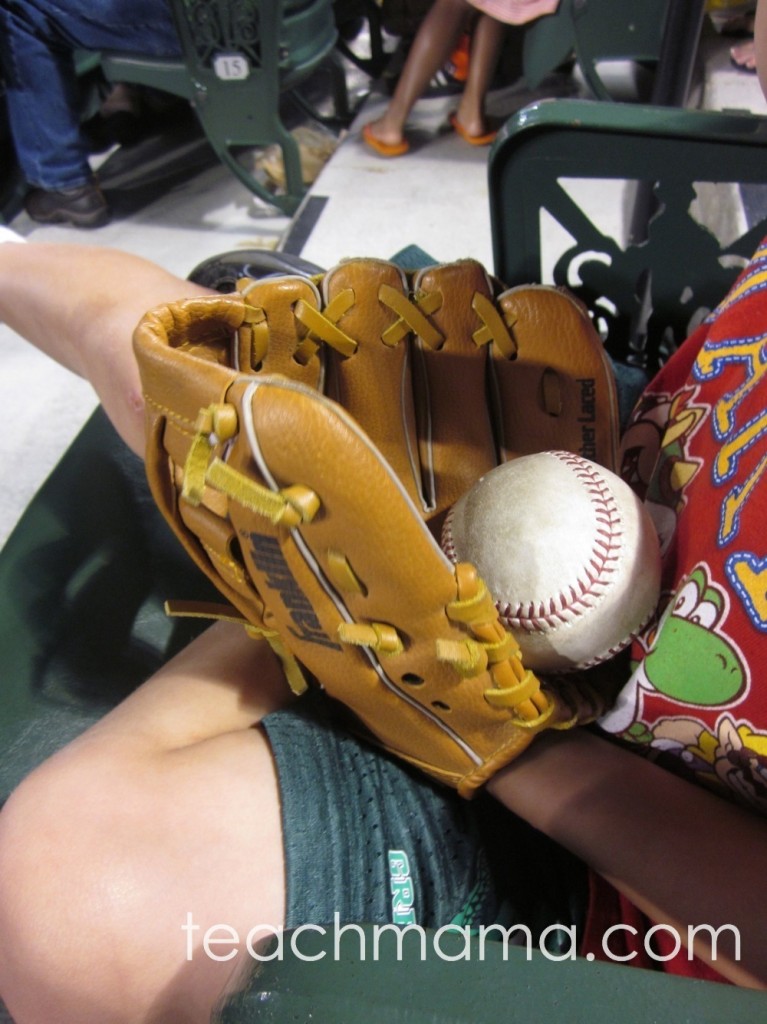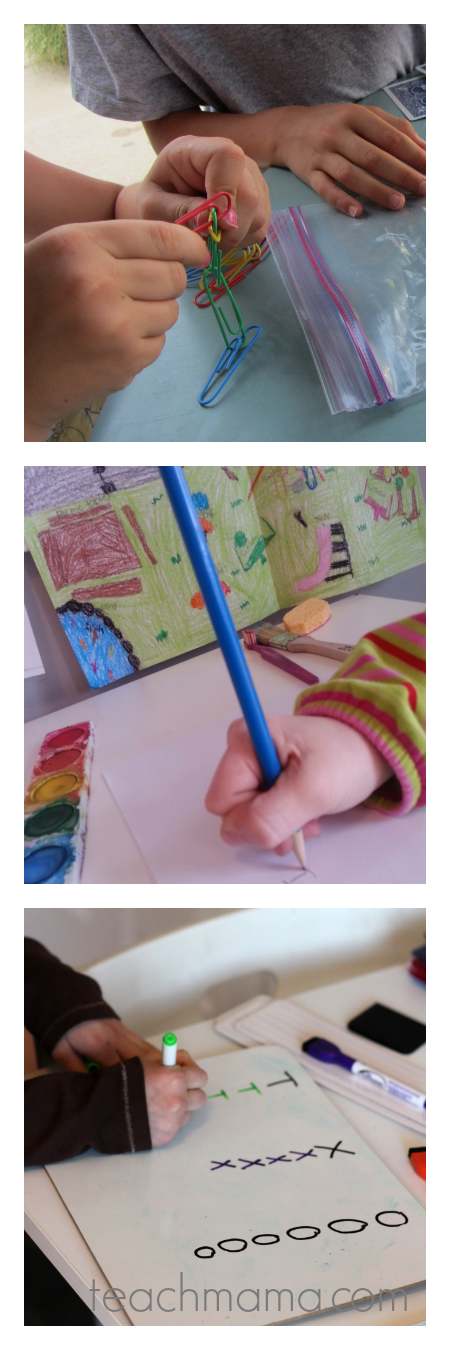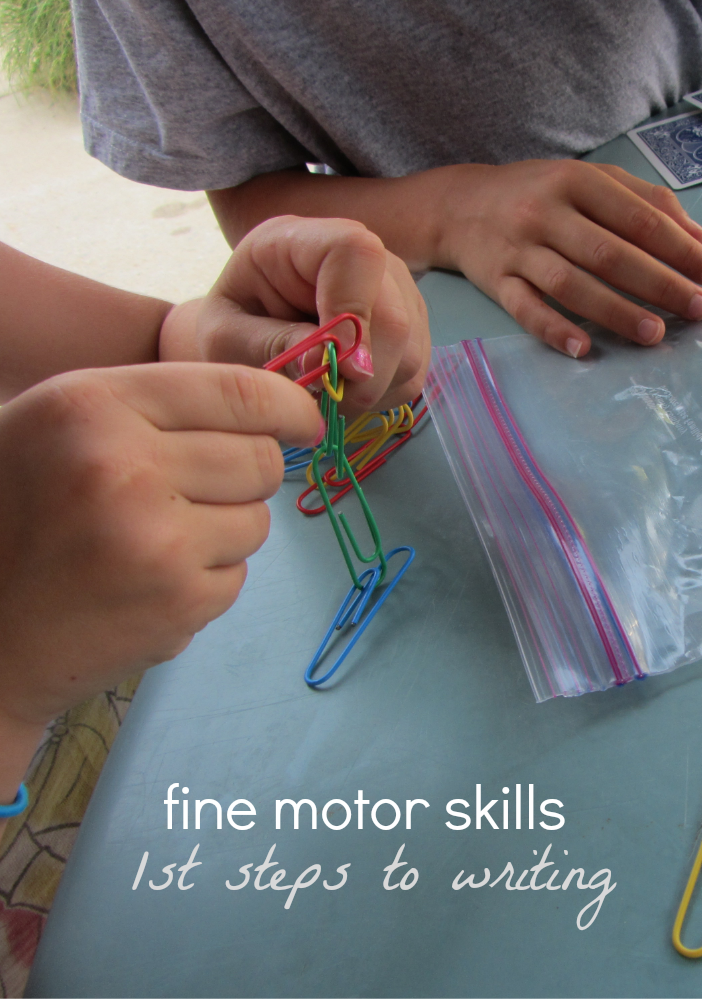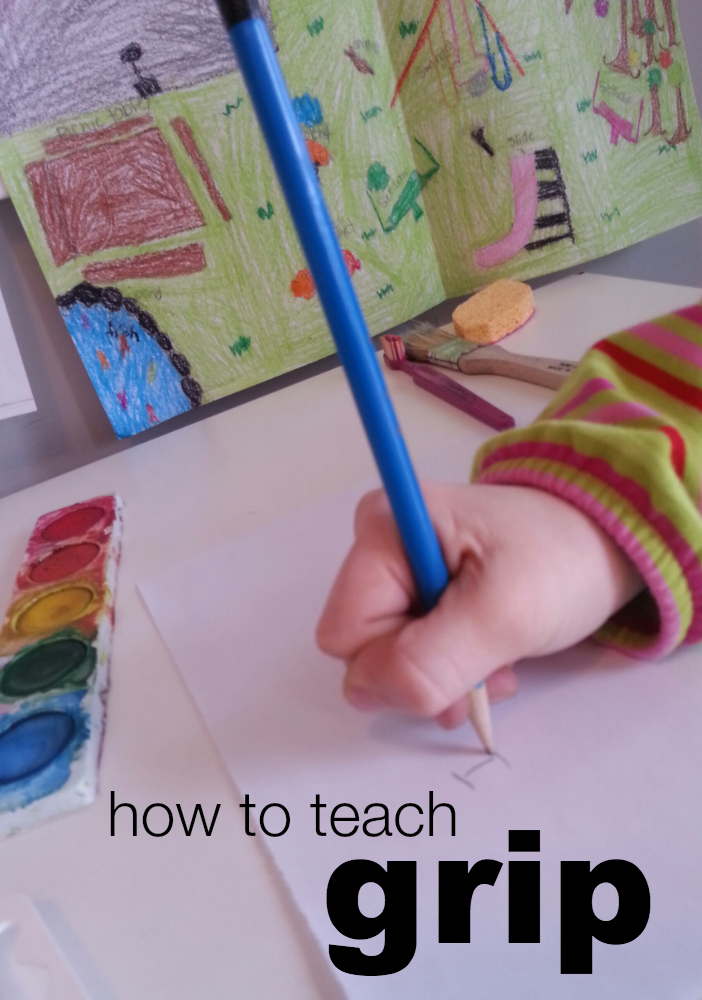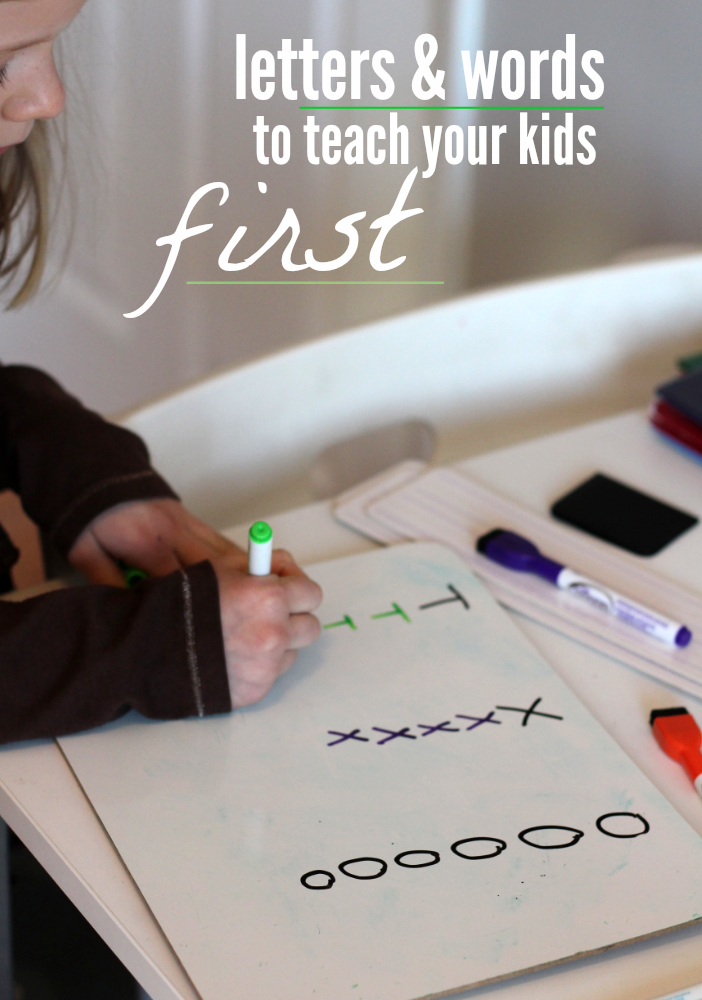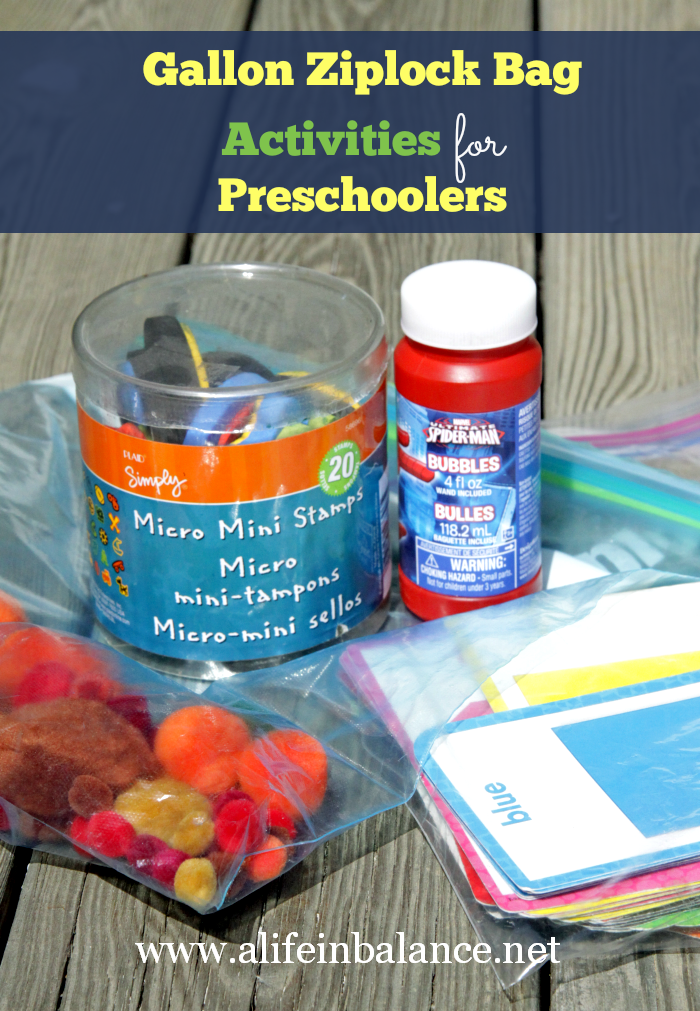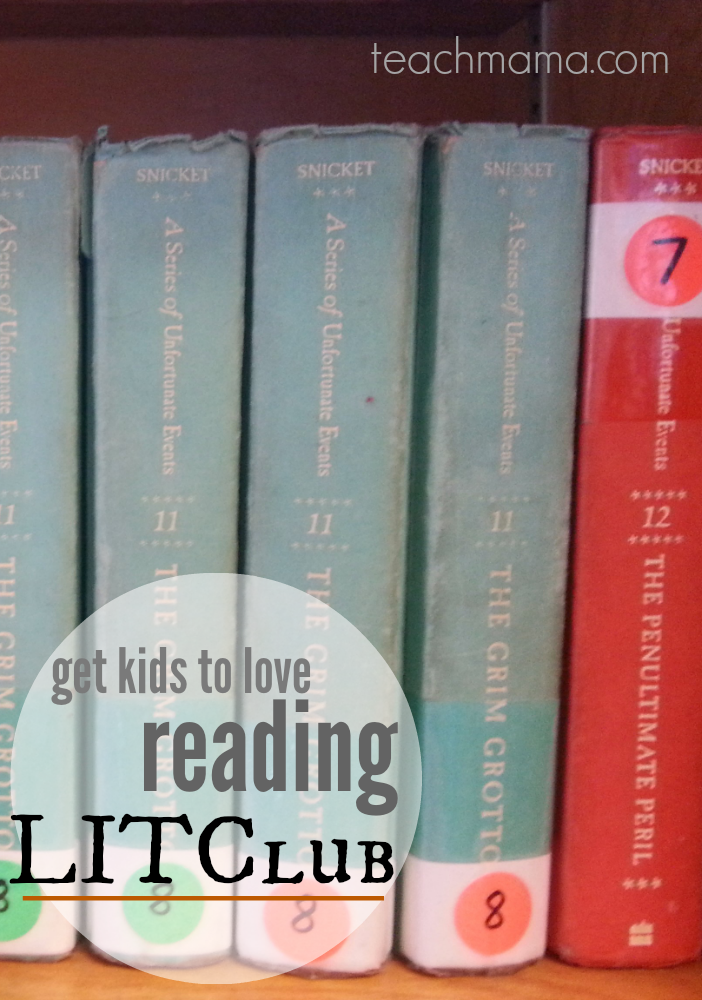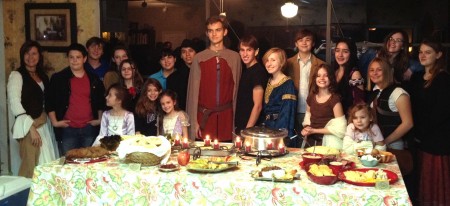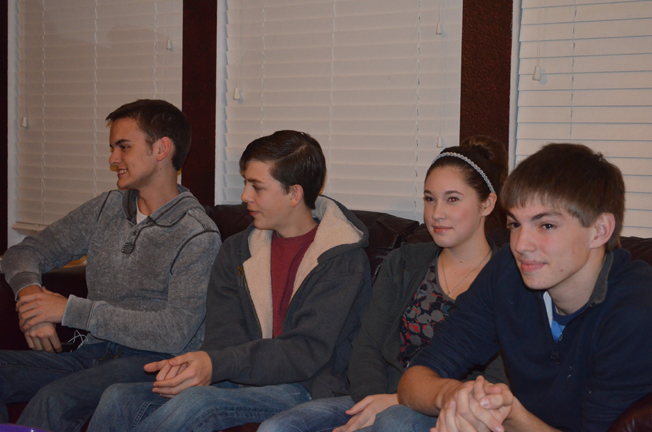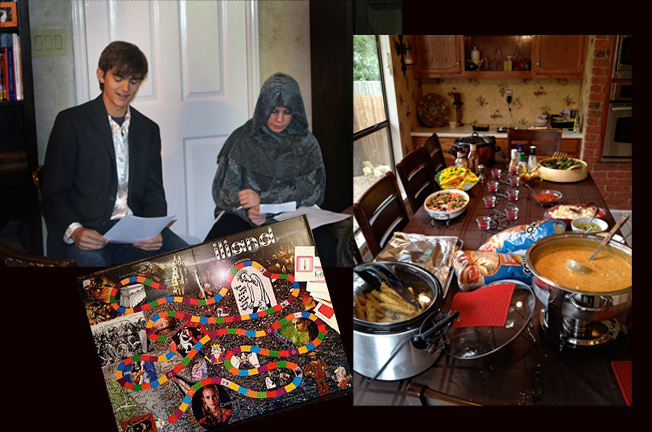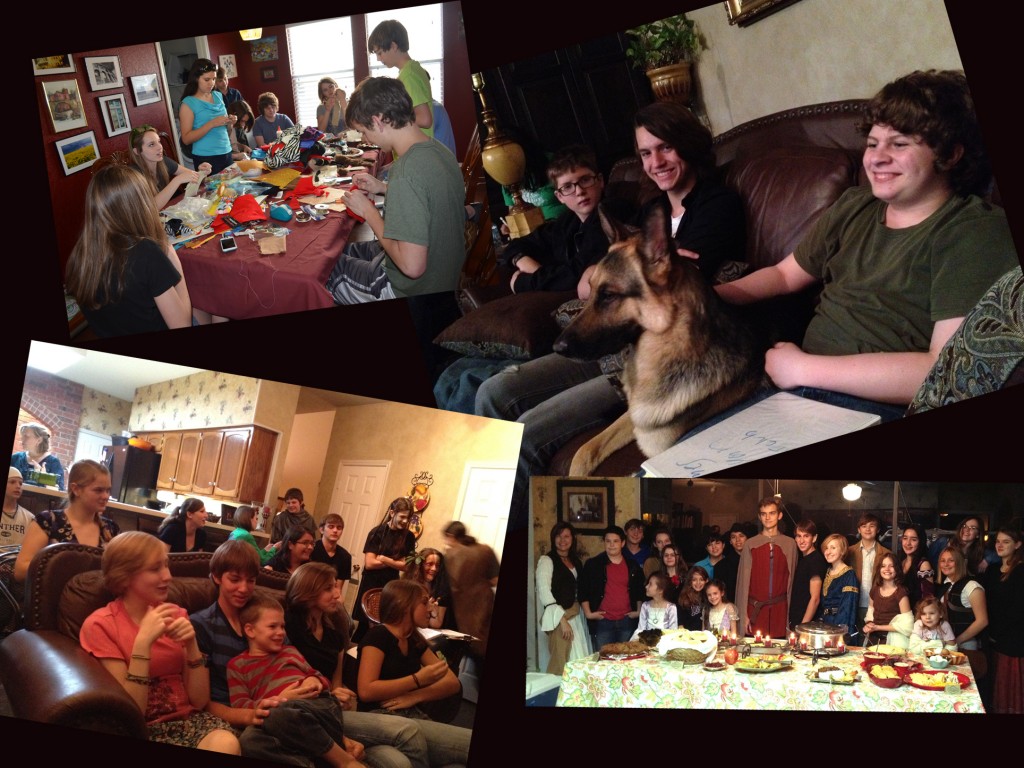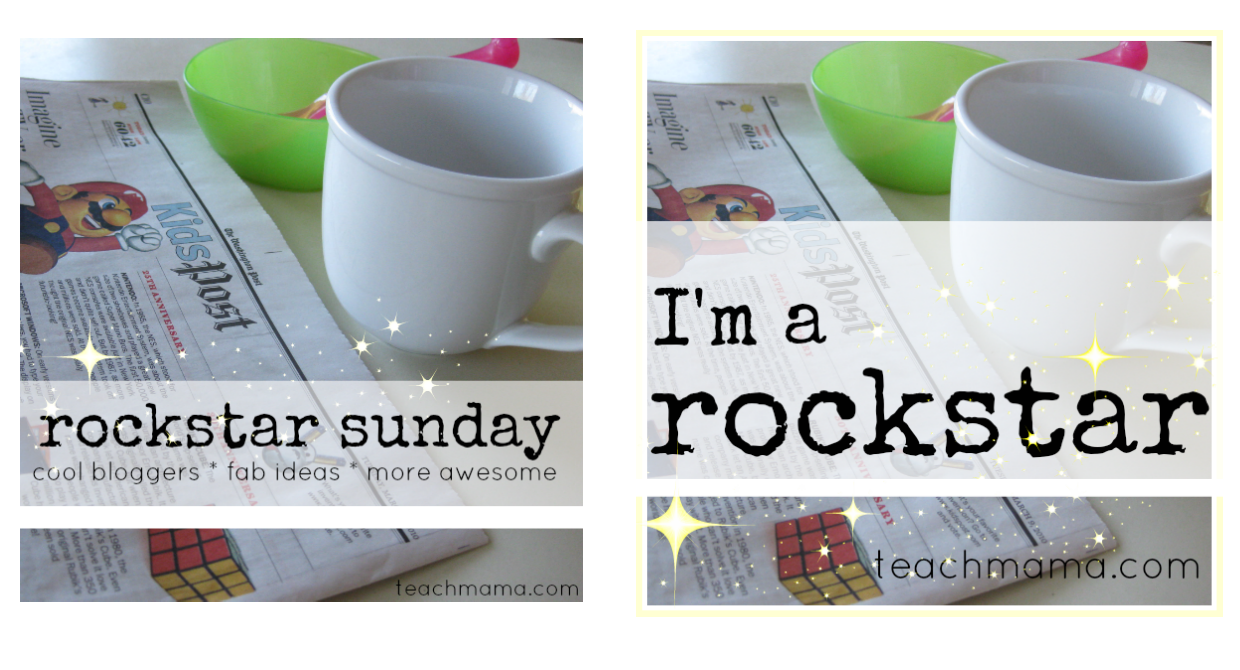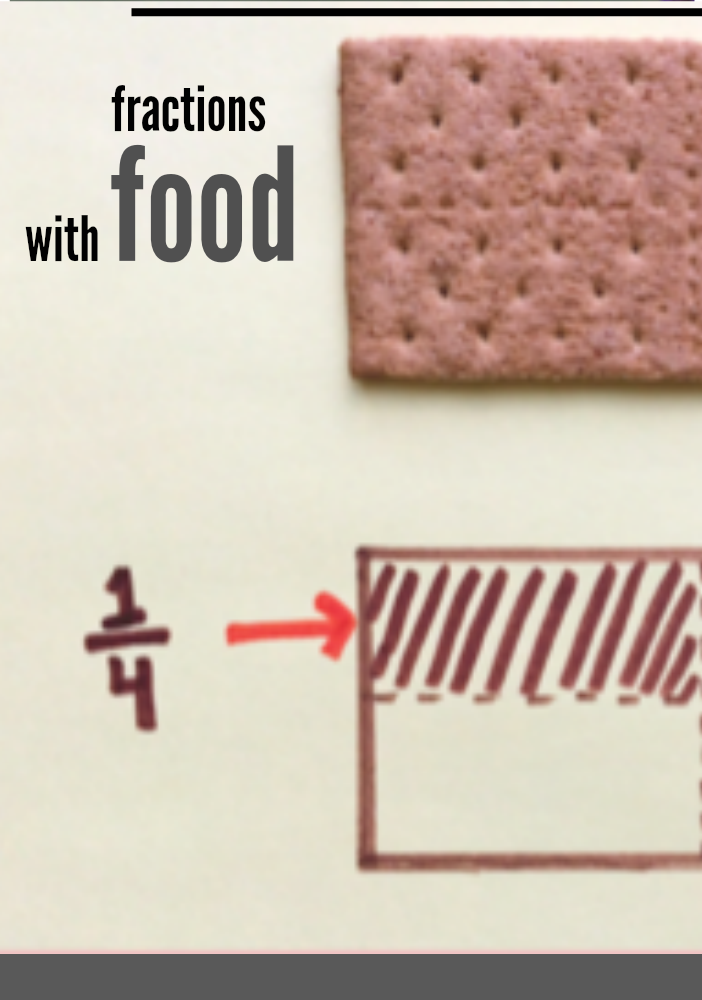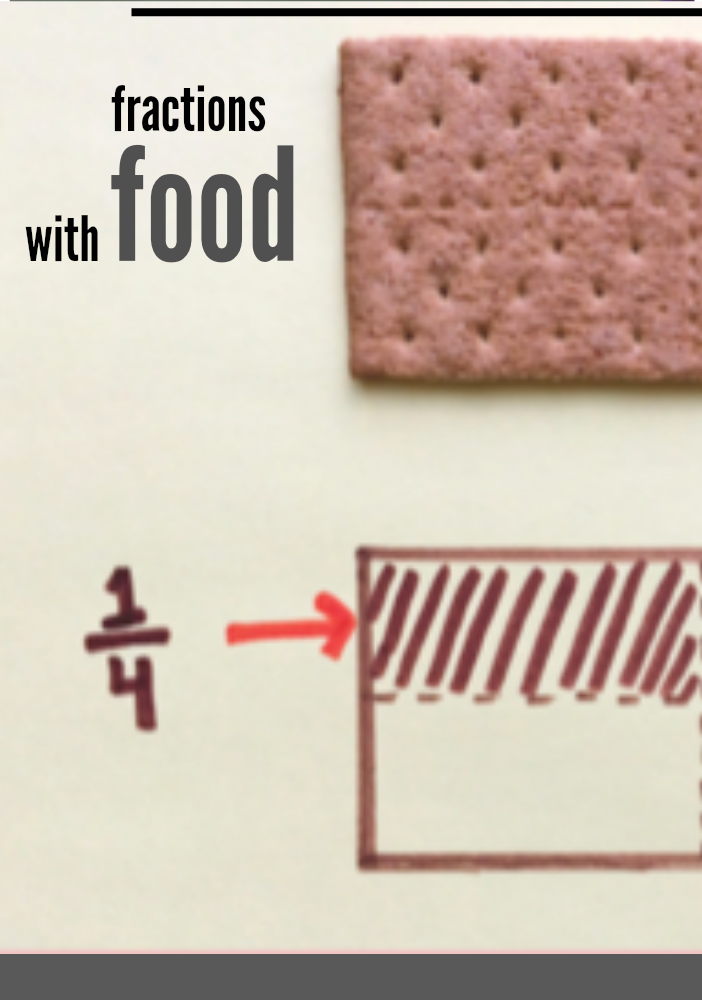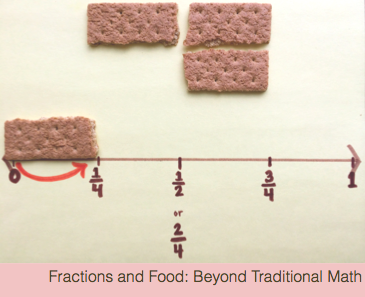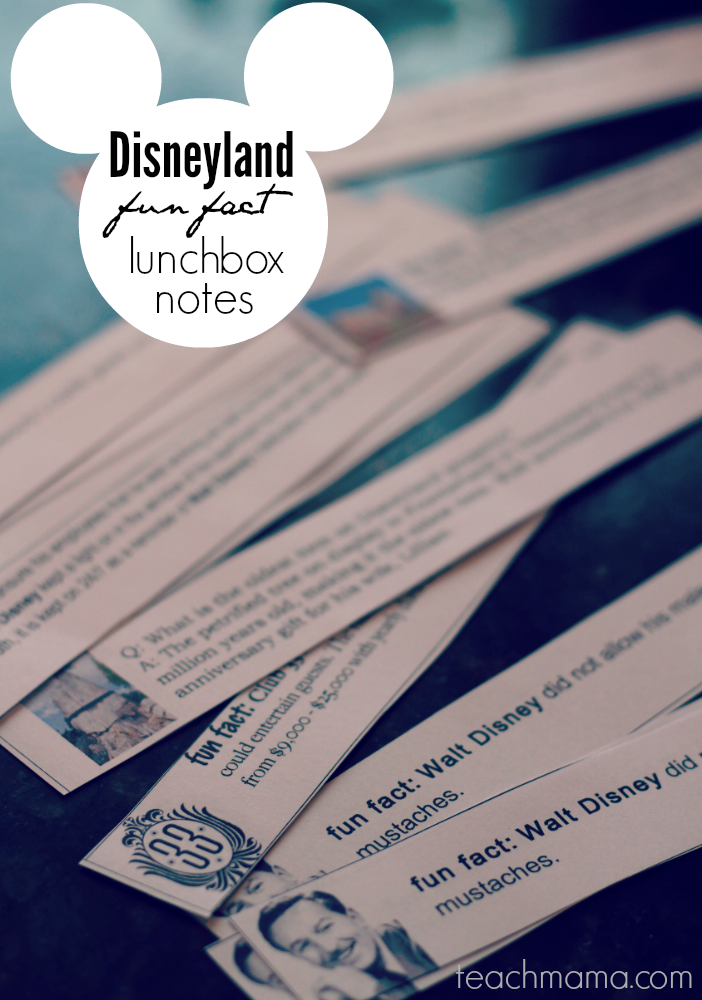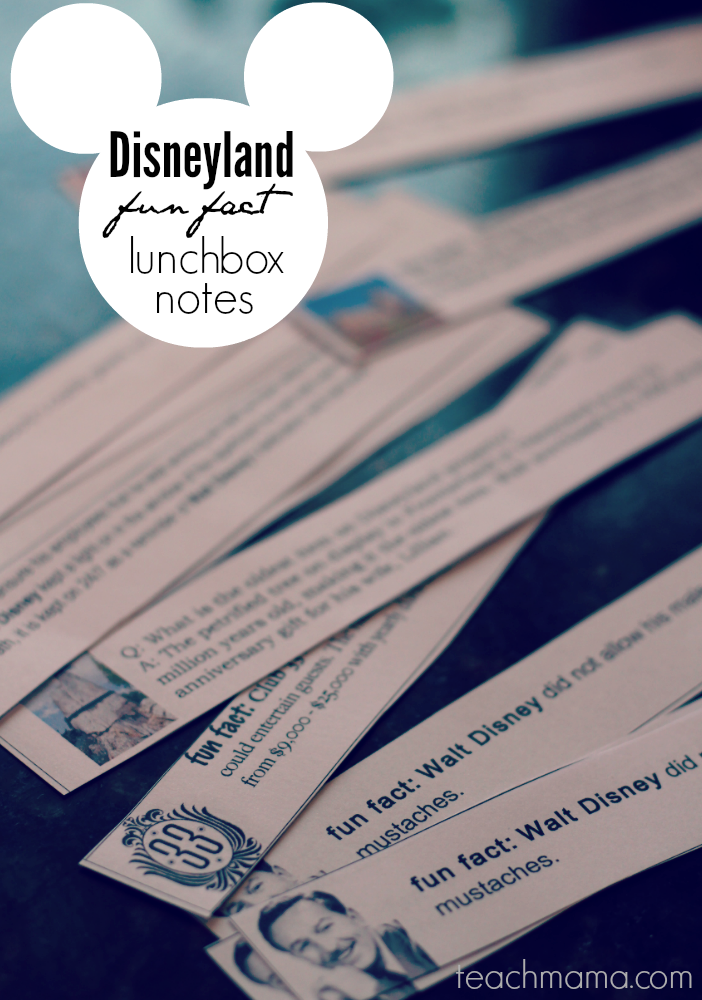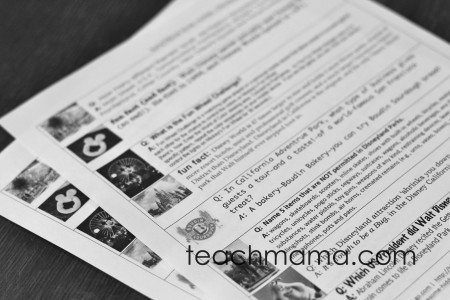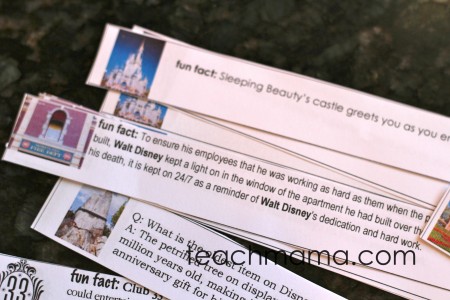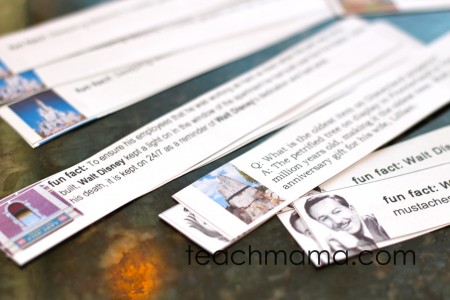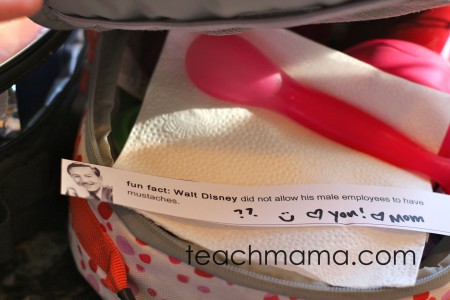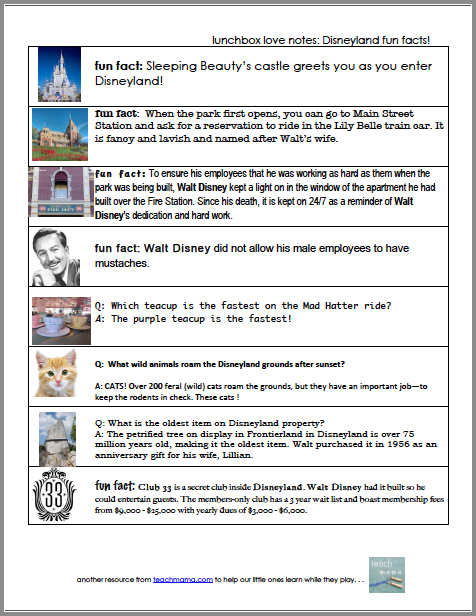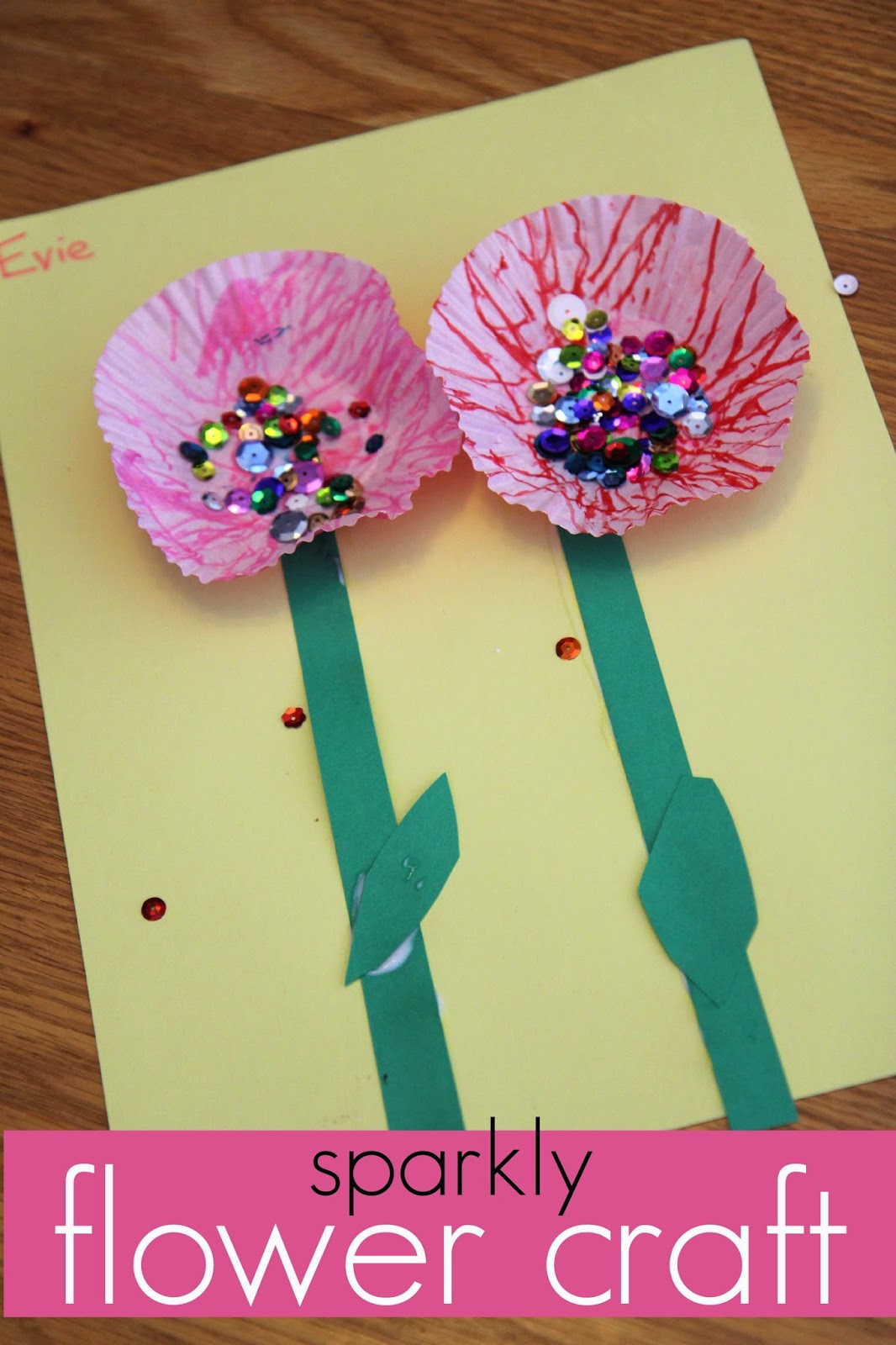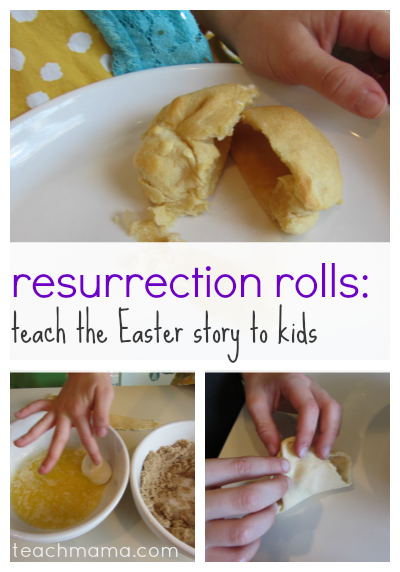![]()

Fall is here! Already it seems as though the year is moving at light speed.
For many of us, whether we’re classroom teachers or homeschoolers or parent volunteers, now is a great time to put up some rockstar fall classroom décor. And the quicker and easier the décor, the better.
We need quick. We’re all busy. No matter what we’re doing, if we’re working with kids, we’re busy.
And though teachers will absolutely flip for this stuff, so, too, will parents.
Because not only are we talking about awesome decorations to brighten children’s classrooms, but we’re also talking awesome supplies for PTA boards, media centers, homework areas–you name it.
I’m really excited about it, so I’m giving one biggie classroom holiday décor gift set away. It comes with décor for all seasons and then some. Woot.
Here’s the skinny. . .
- Fall Classroom Décor–Quick and Easy for Teachers and Parents:
The coolest thing about any kind of classroom decorating is that kids–whether they’re your own children or whether they’re your students–love to help. So my suggestion is to put them to work.
And though there are a million and one ways to decorate a bulletin board, the sets I found are pretty fool-proof. You don’t need a whole lot of ‘extras’ to make the board pop–and that’s a good thing.
Though I am not currently in the classroom, my husband is the principal of a local elementary school, so between our own kids’ school and his, we have dozens of classrooms at our fingertips.
When I first thought about a teacher to whom I could lend my classroom decorating services, I knew exactly who I’d help: a busy mom of three who just got back into the classroom.
She was totally game.
So Maddy, Owen, Cora, and I got to work one day last weekend to ‘spruce up’ her room a bit just in time to celebrate the fall season.
We used a handful of the fall decorations, four pieces of construction paper, a little tissue paper and curling ribbon to make it pop, and that’s it. Voila.
We used:
- yellow letter cut-outs
- Carson-Dellosa leaves
- black letter cut-outs
- Carson-Dellosa pumpkins
- Carson Dellosa holiday moose (SO cute!)
- Scholastic Teachers pumpkin puzzle
- Carson Dellosa 3D fall border
- green tissue paper
- light green construction paper
Because this is a math classroom, I knew I wanted the boards to focus on math. I also knew that because the classroom is for third and forth grader math students, I wanted to make sure we had a welcoming area complete with student names for both grades.
We used some fall leaf cut-outs and pumpkin cut-outs for student names. Quick, easy. Super cute.
Elementary schoolers aren’t always used to ‘traveling’ from classroom to classroom, so it’s a pretty big deal when they do.
Three-dimensional fall borders that seem to come to life with textured pop-outs. So cool.
And this little holiday moose? All you need to do is change its antlers each season, and you have a decoration that kids will love.
This fall pumpkin puzzle bulletin board set can be used in a dozen different ways. Each of the puzzle pieces is sturdy and laminated, so you can write on them with dry-erase markers–and it wipes off easily.
And it comes with ‘We all fit together‘ mini-poster, a second poster, and a handful of smaller pumpkins.
We contemplated writing student names on the pieces, but we settled on writing math problems. That way, while students walk through the hallway to their math classroom, they can get their brains moving and start getting in the math-mindset!
Really, though, you could use the fall pumpkin puzzle for anything: student birthdays, teachers, alphabet letters, you name it.
The classroom. Looks. AWE-some.
And it only took us about an hour or so–from start to finish–to get the job done.
Check out our school & teacher appreciation board:
fyi: Some of the links in the post above are “affiliate links.” This means if you click on the link and purchase the item, I will receive an affiliate commission. Forever and always I recommend only products or services I use personally and believe will add value to my readers. I am disclosing this in accordance with the Federal Trade Commission’s 16 CFR, Part 255: “Guides Concerning the Use of Endorsements and Testimonials in Advertising.” For more information, please see teachmama media, llc. disclosure policy.


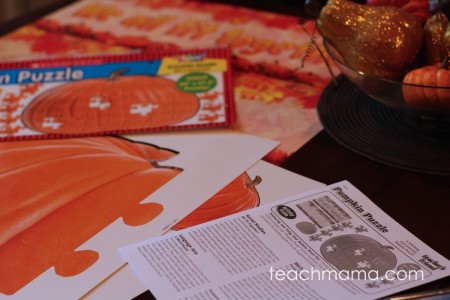

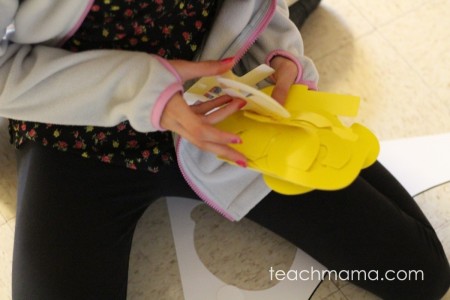


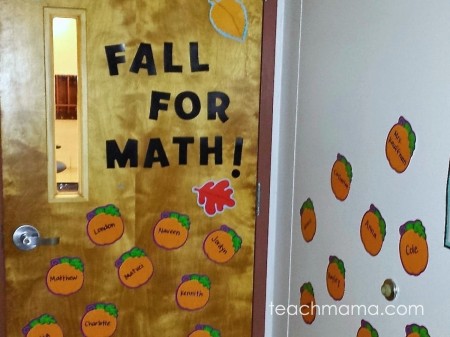
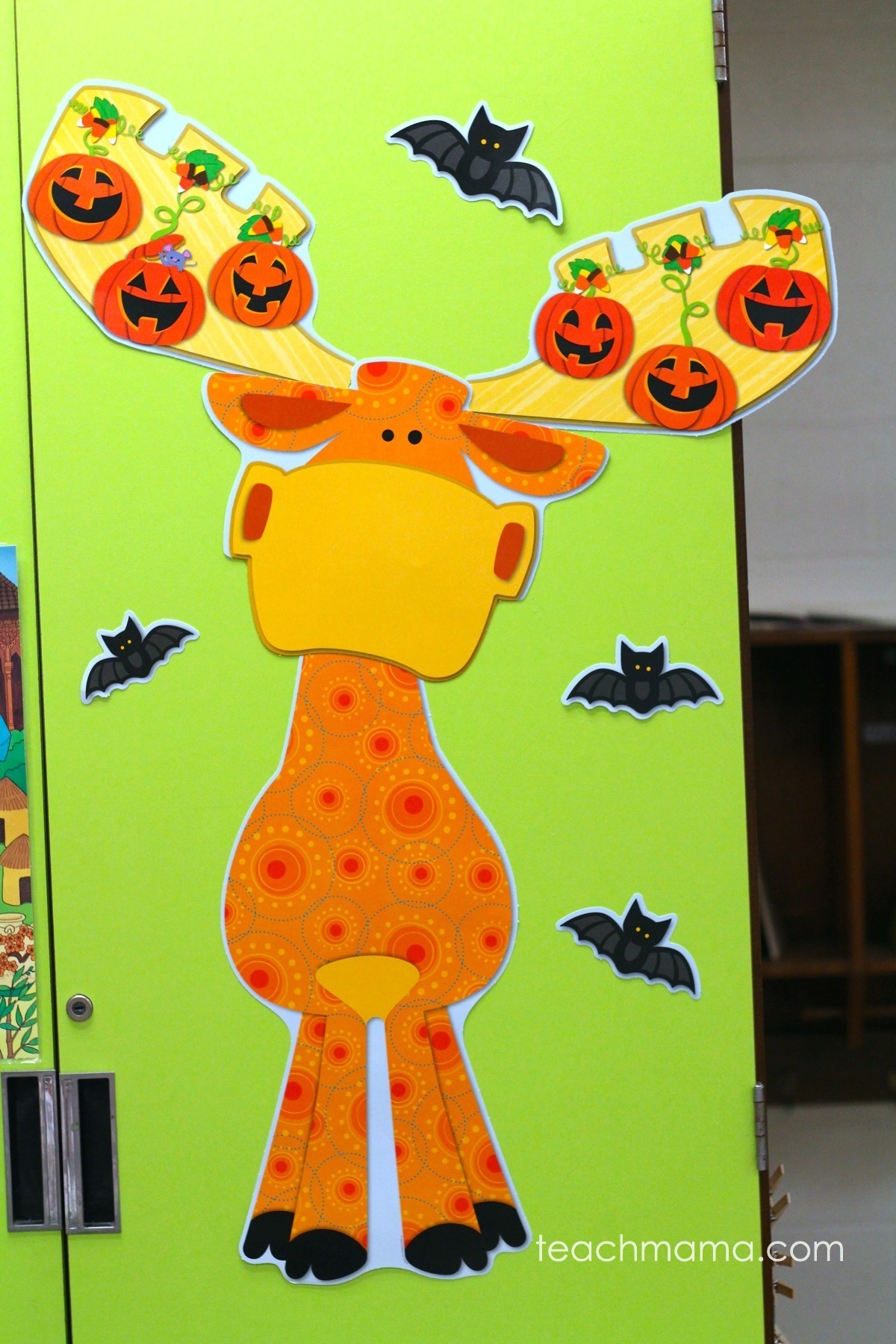
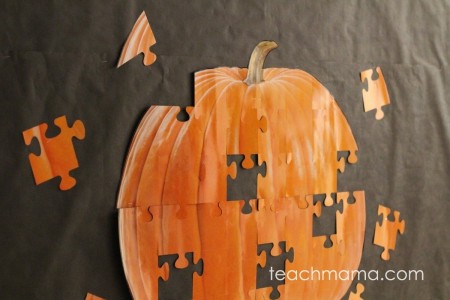

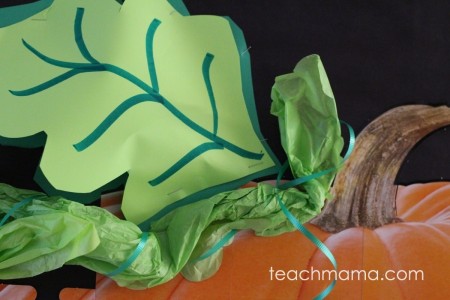
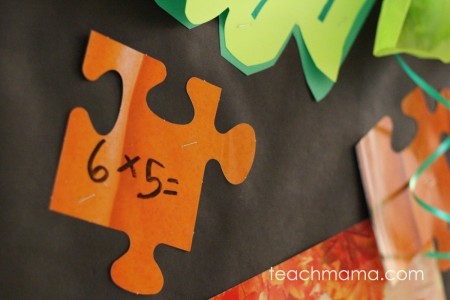
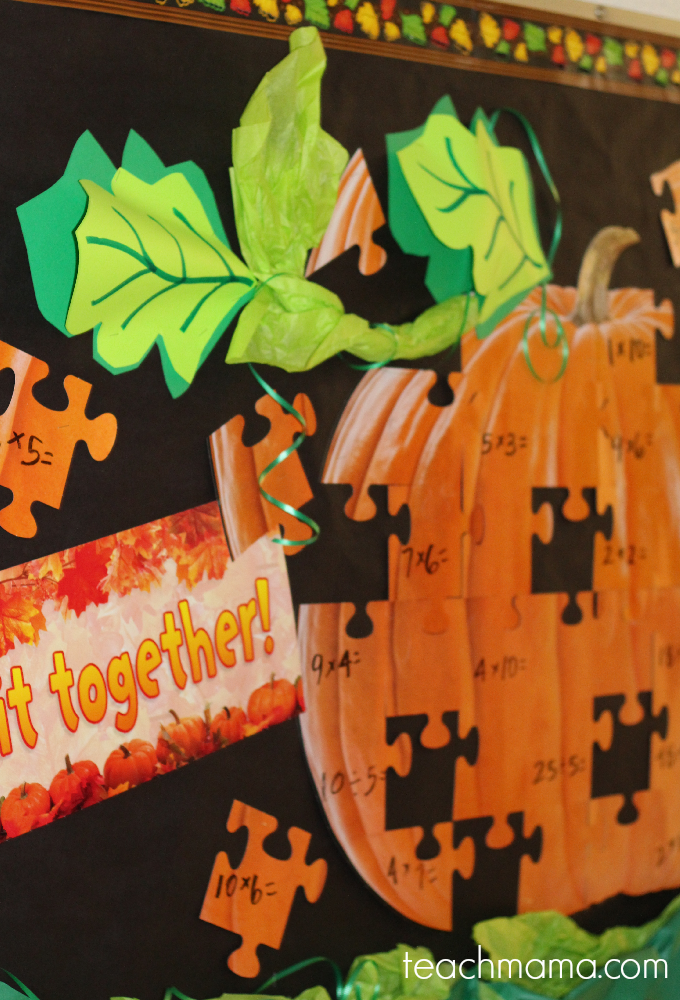

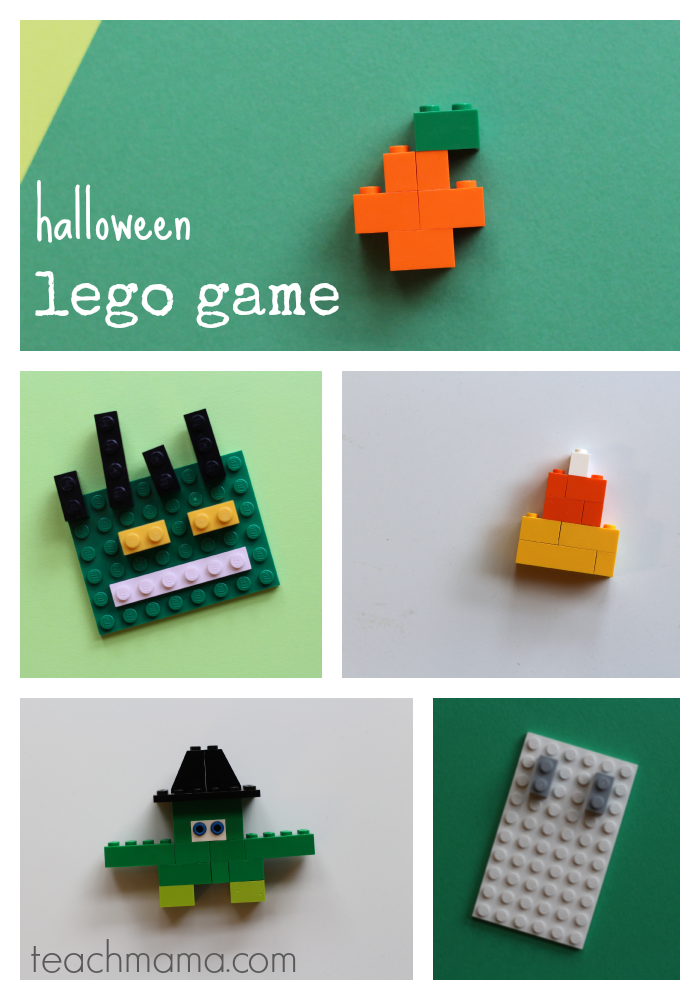
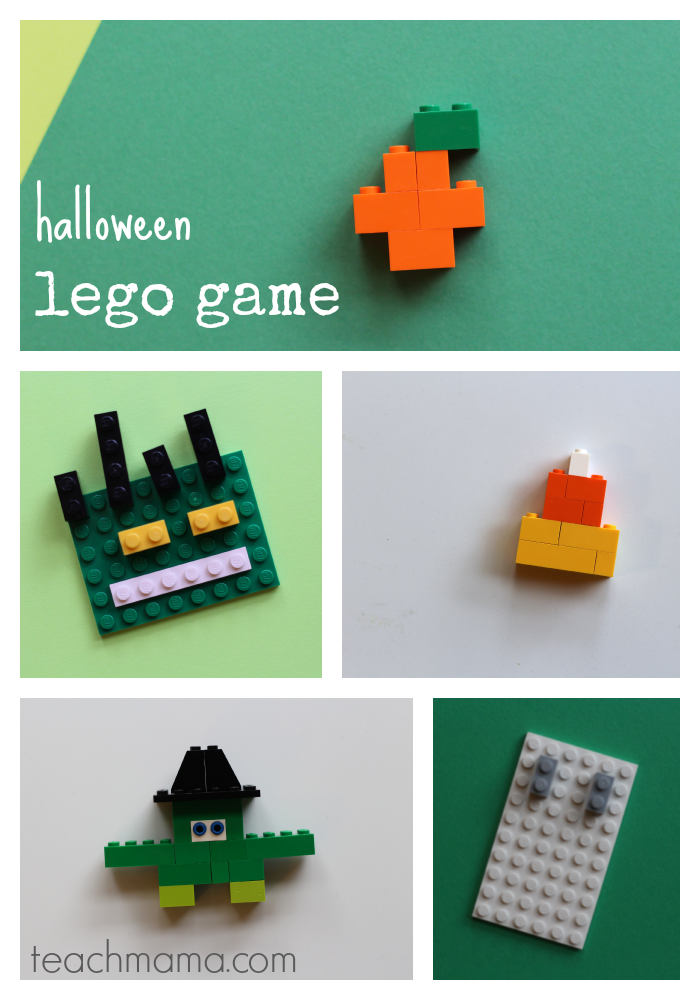
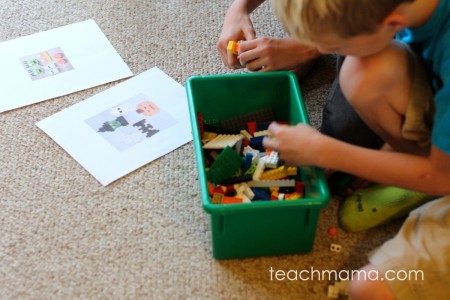
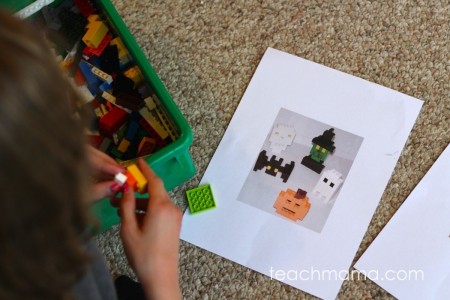
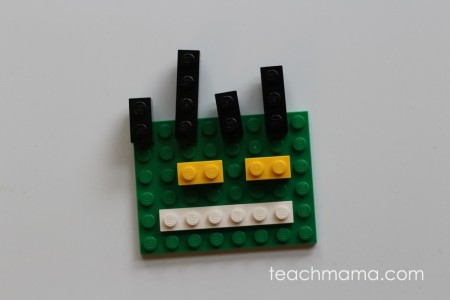
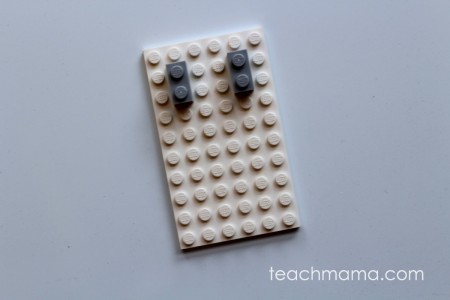
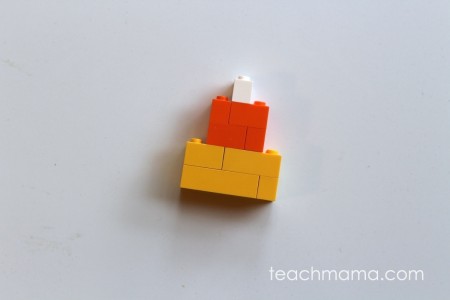
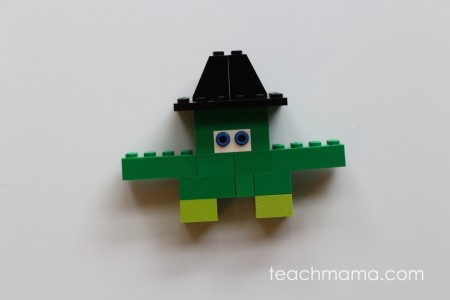
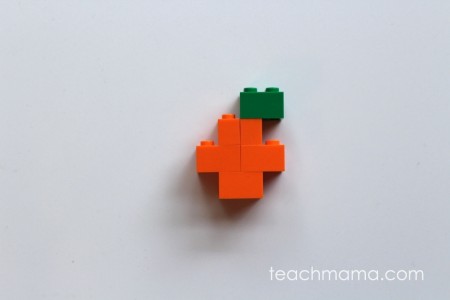
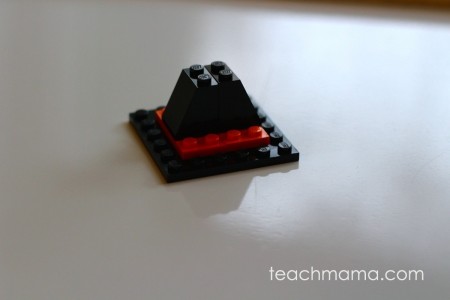
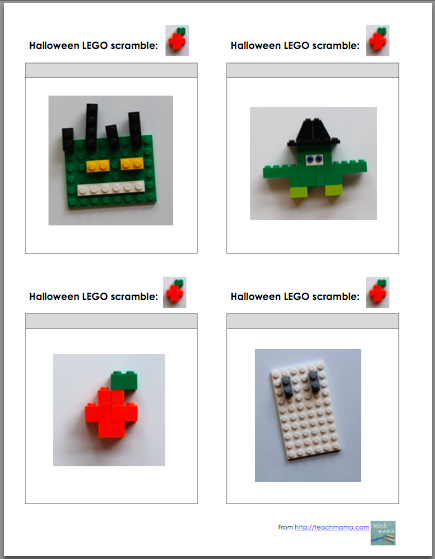
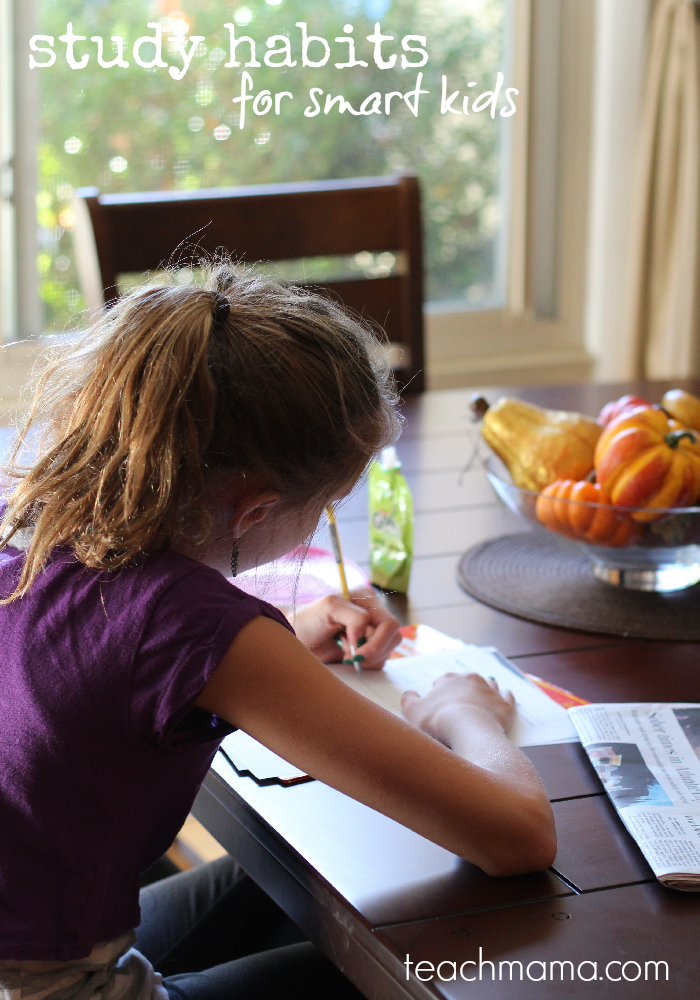
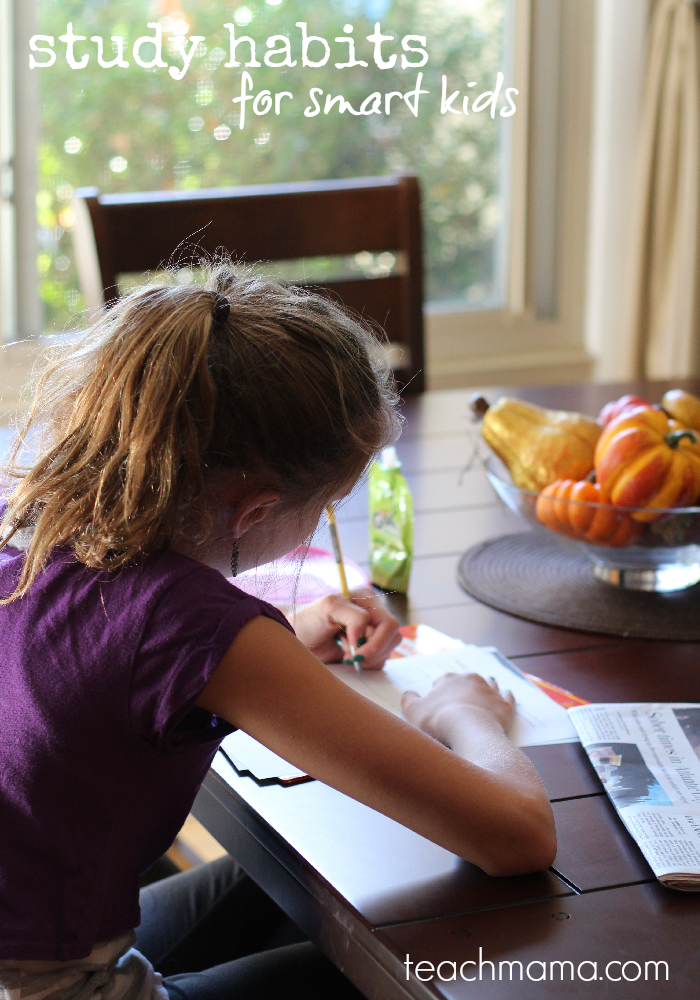 Once your kids hit elementary school, things get a little bit crazy.
Once your kids hit elementary school, things get a little bit crazy.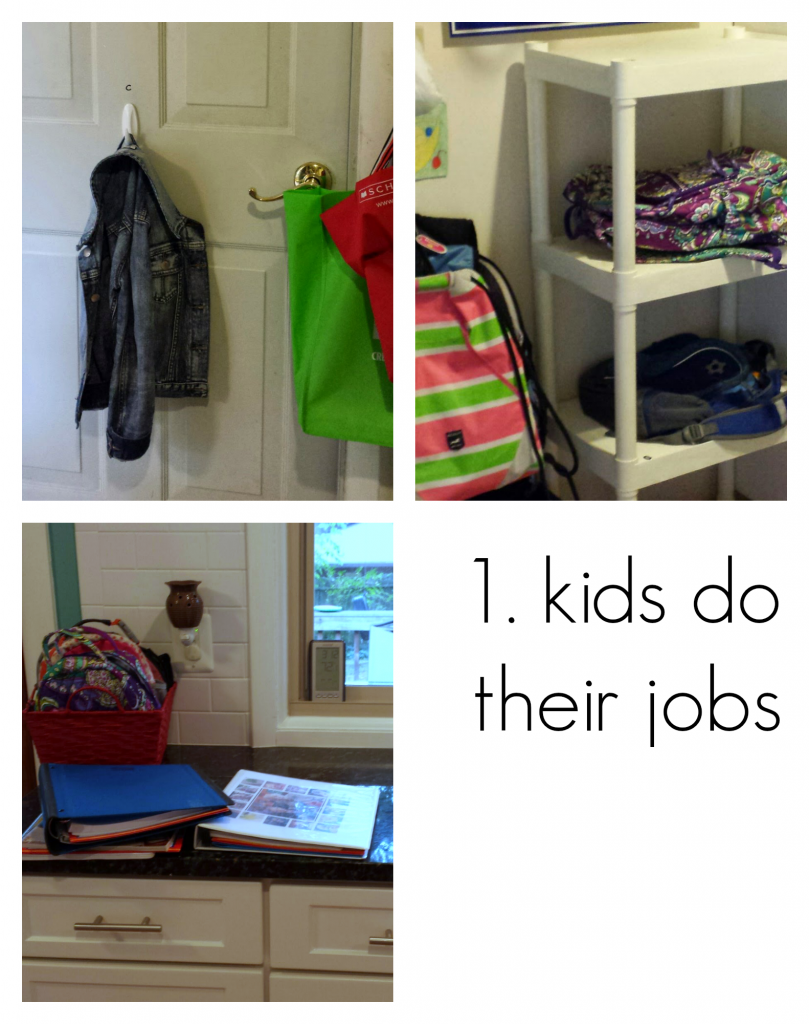
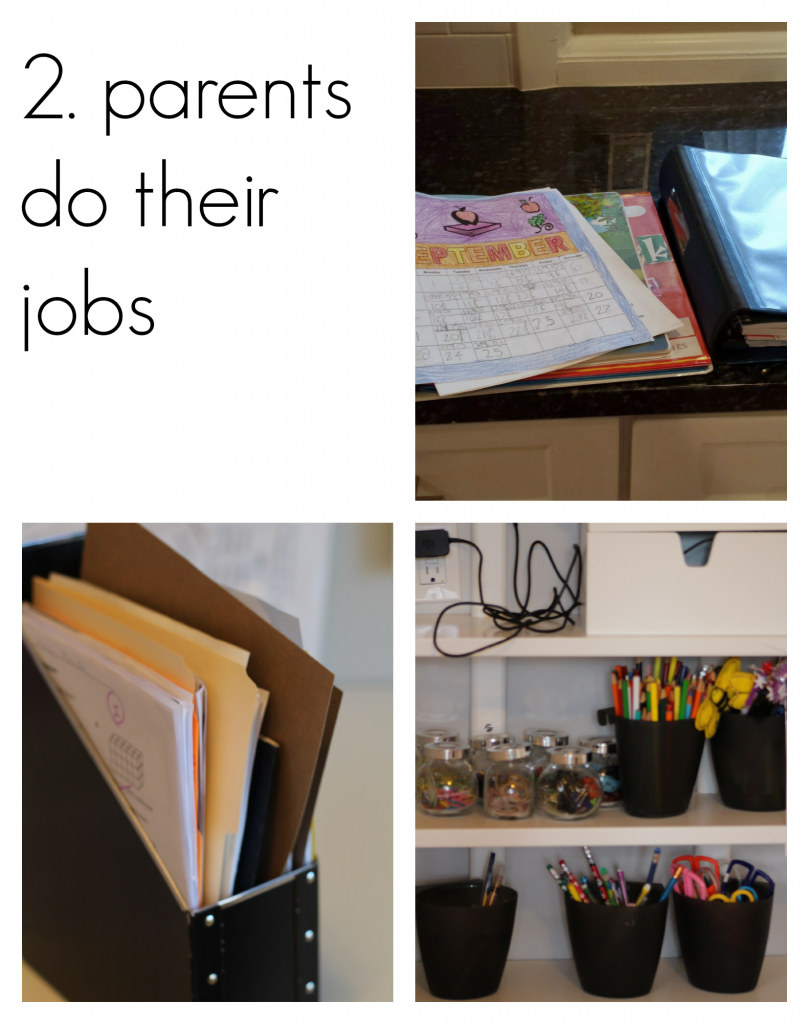
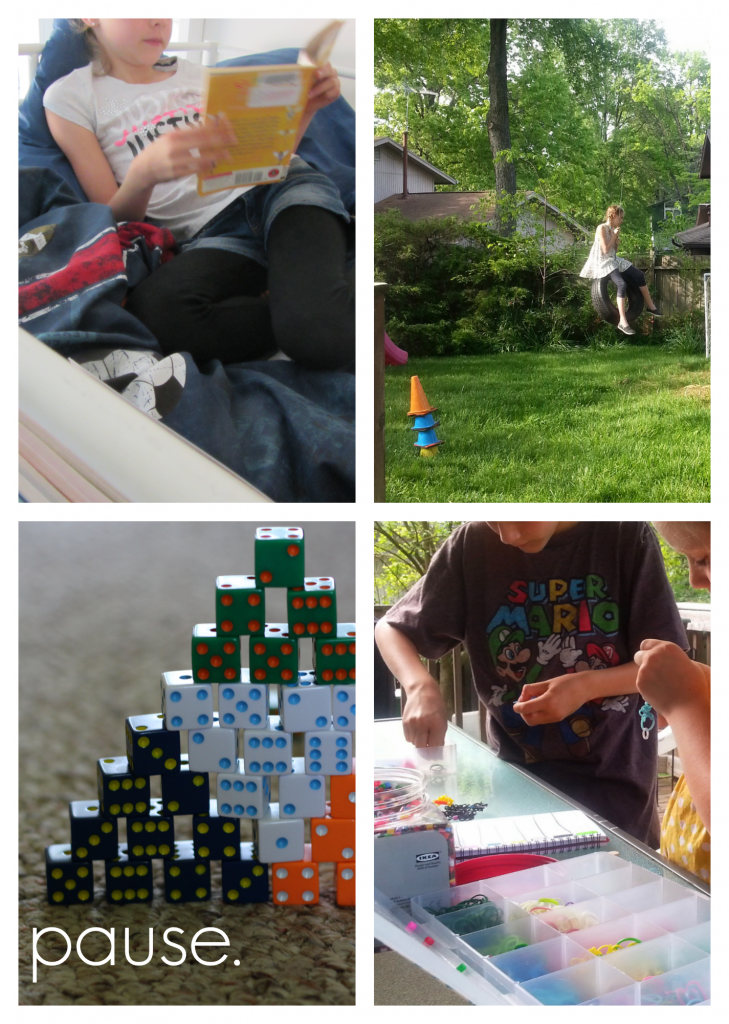
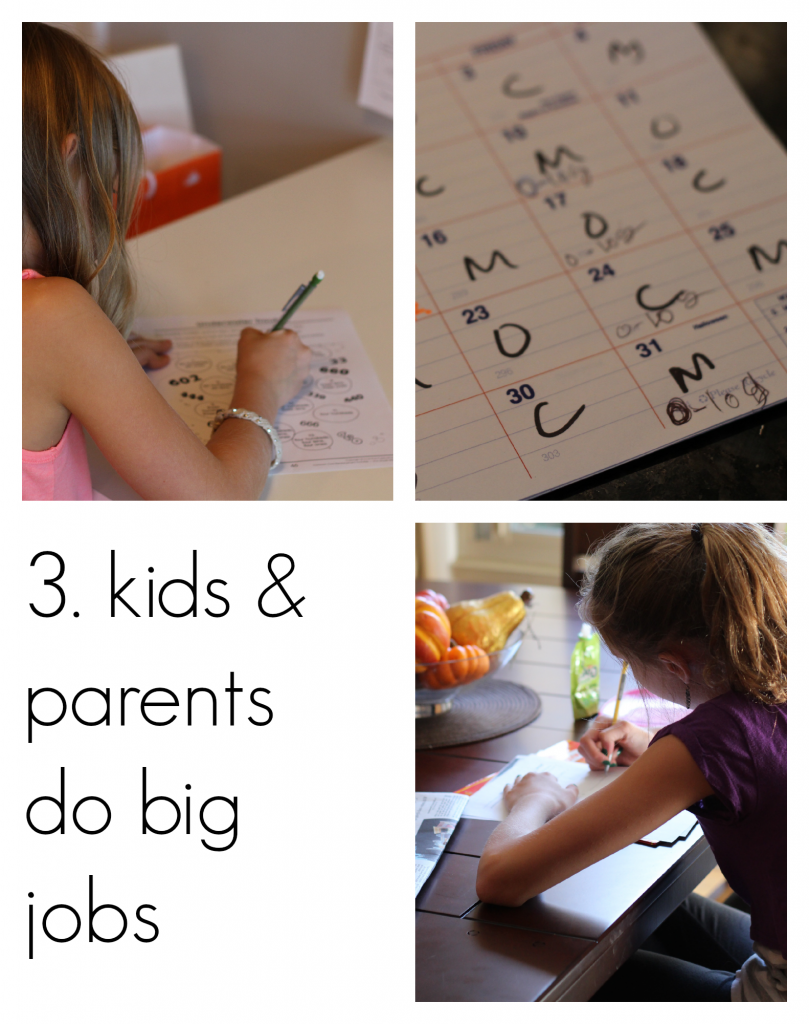
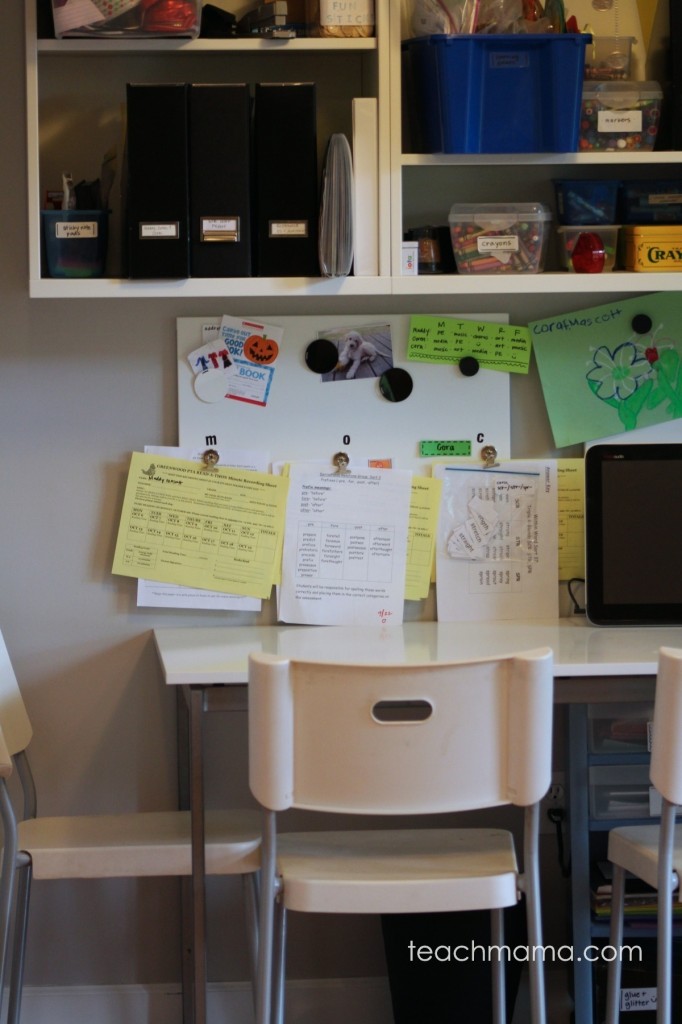
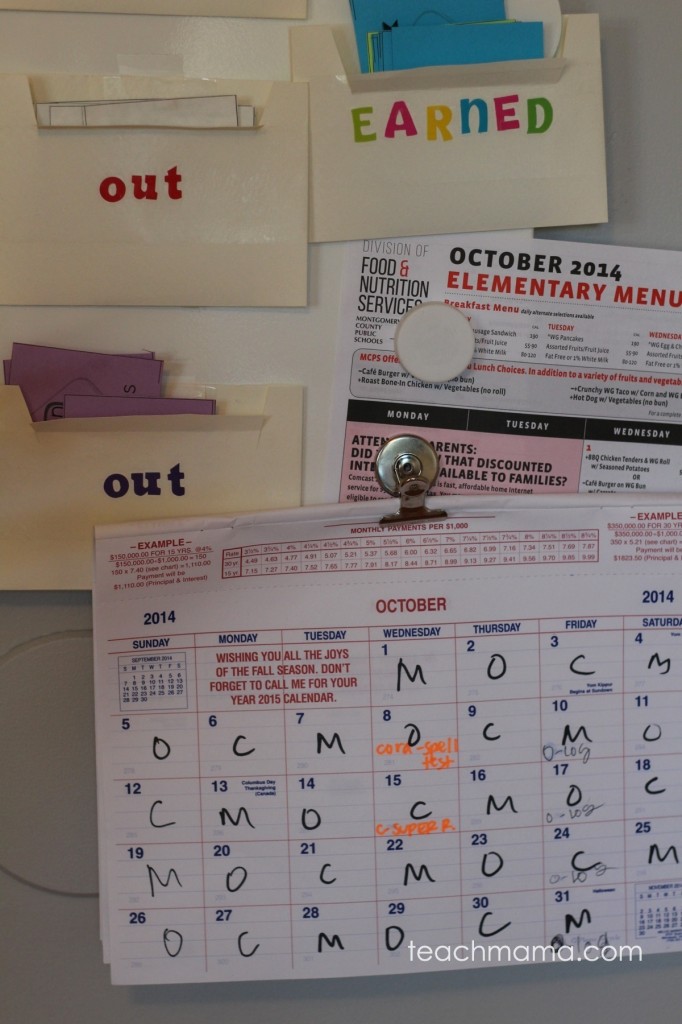
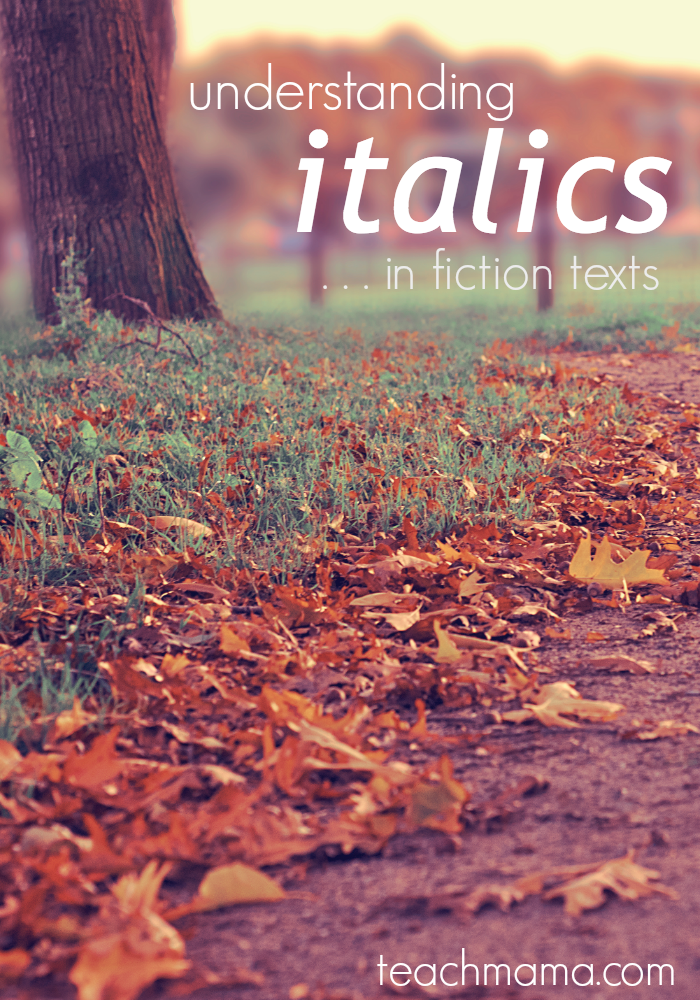
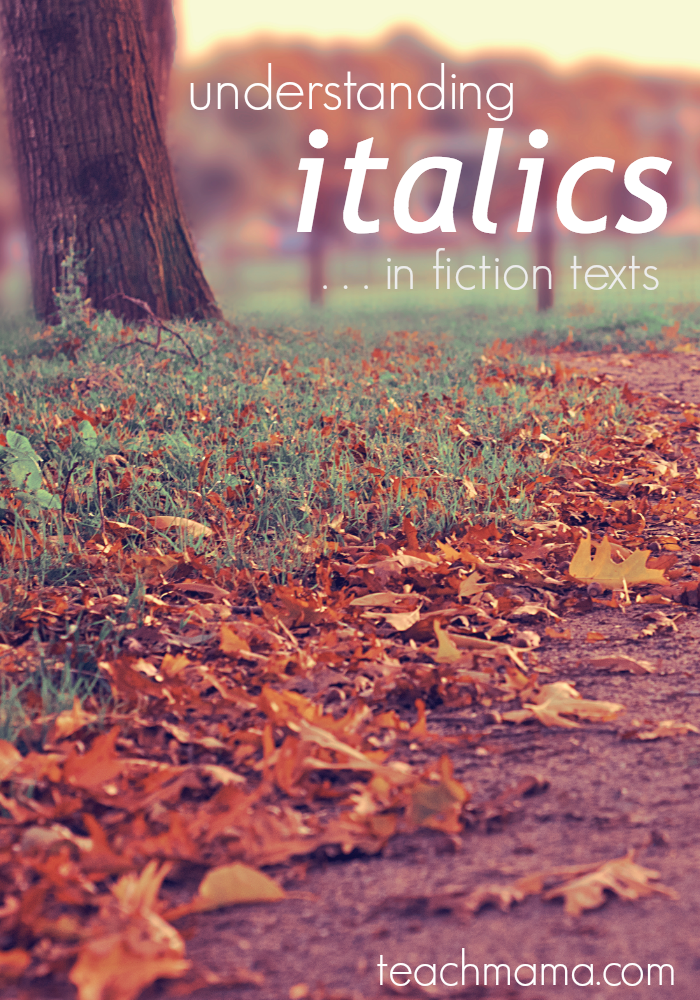 I’ve always tried to make a big deal about certain text features when we see them in fiction that we’re reading, especially bold and italics.
I’ve always tried to make a big deal about certain text features when we see them in fiction that we’re reading, especially bold and italics.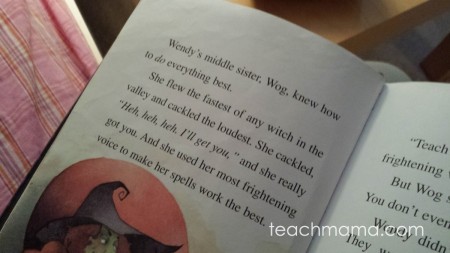
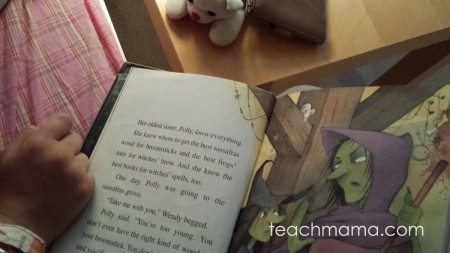
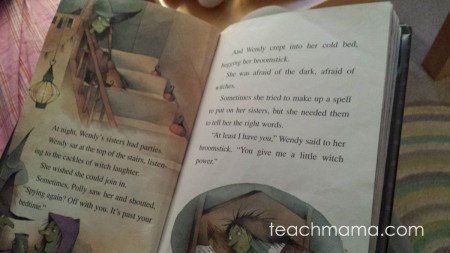
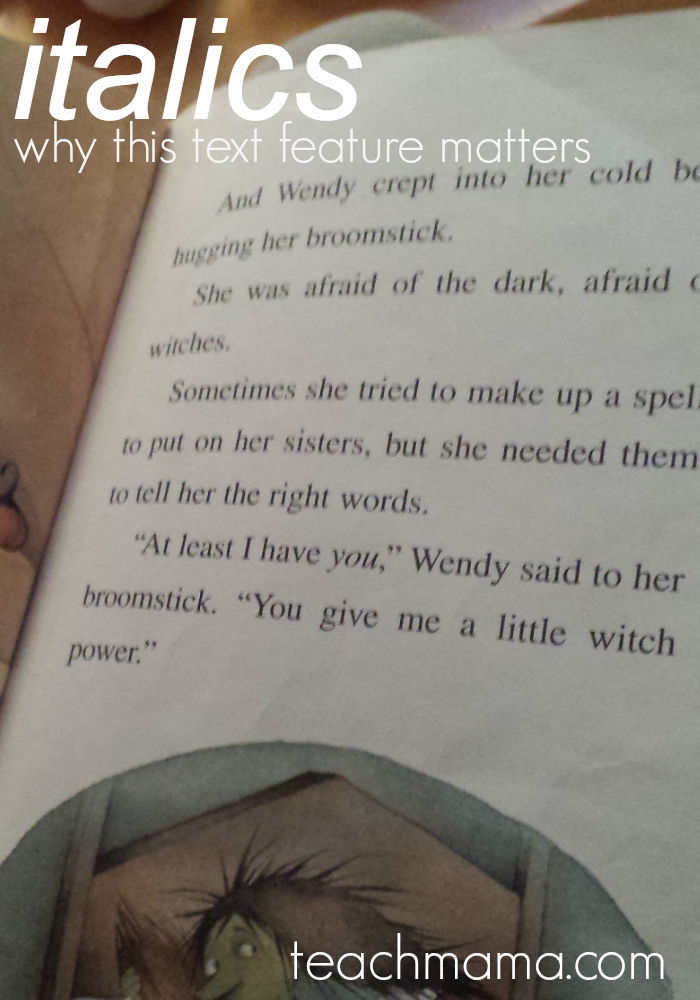
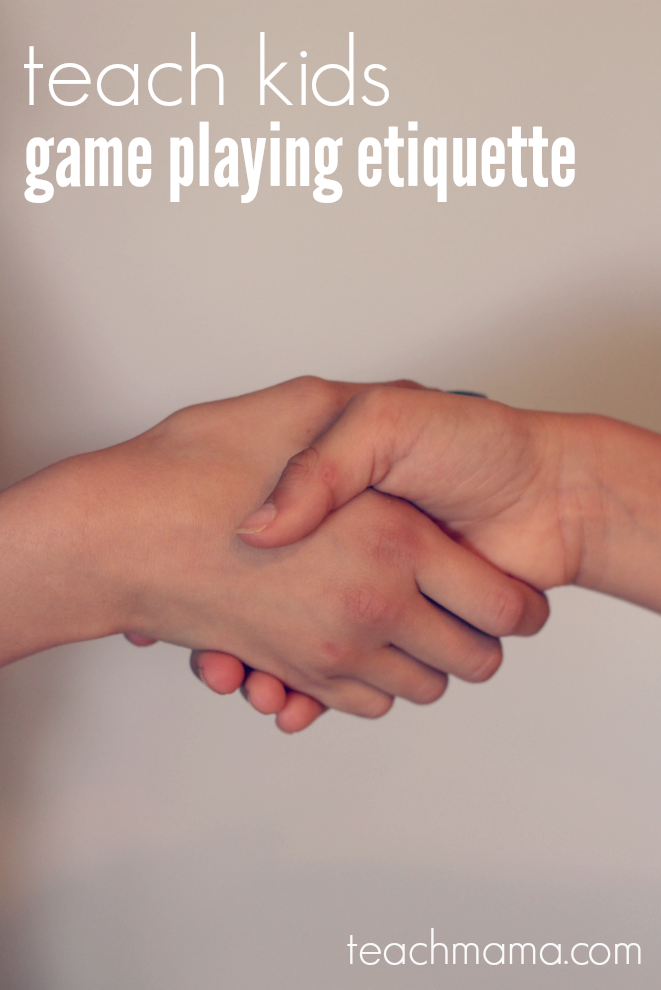
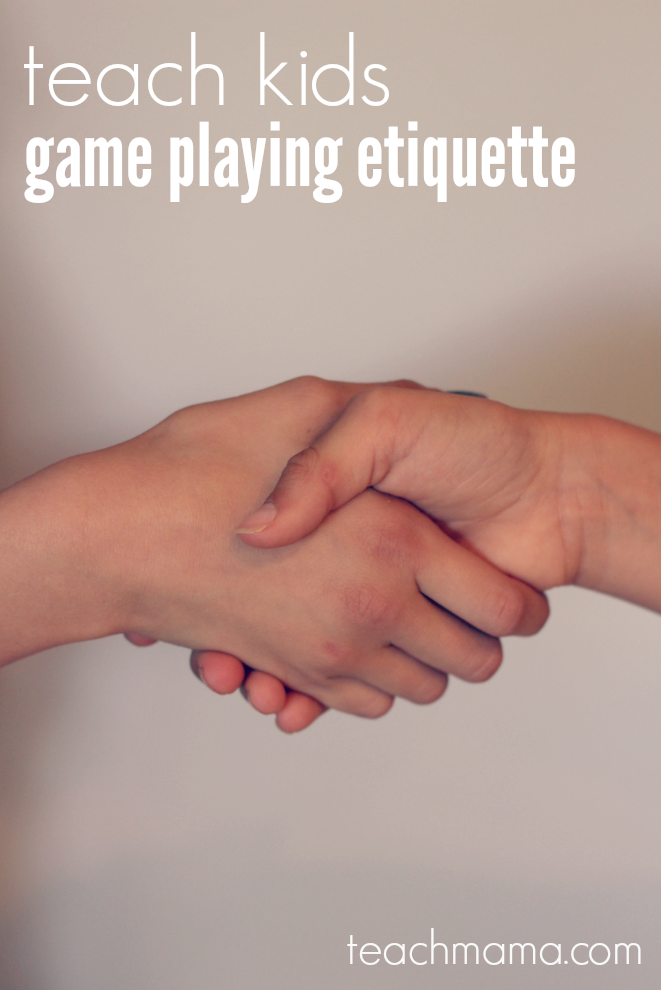
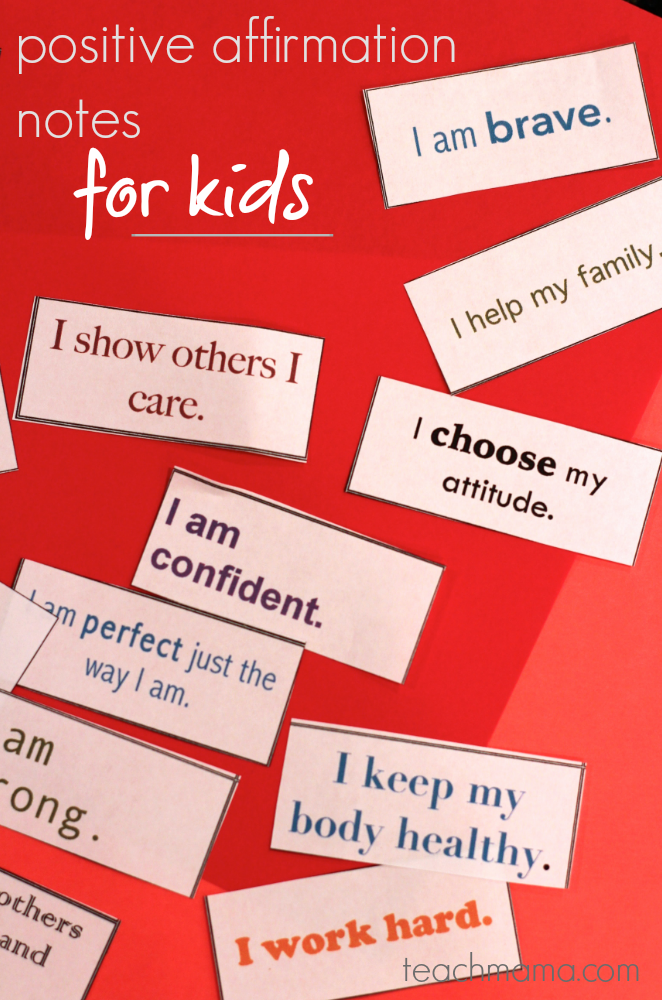
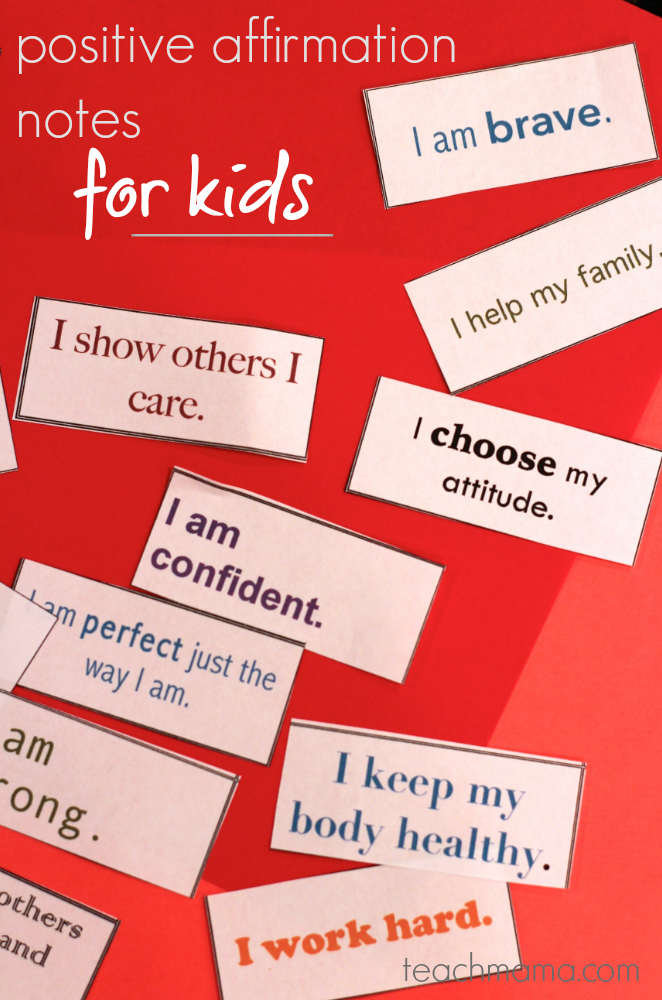
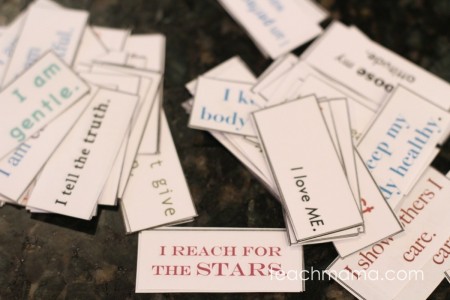
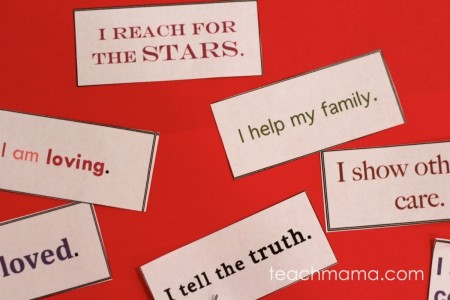
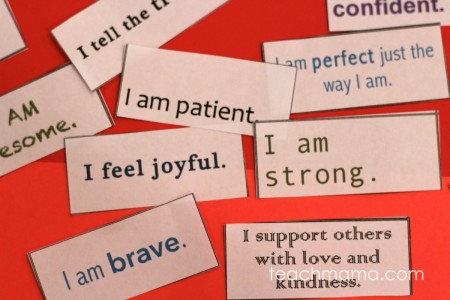

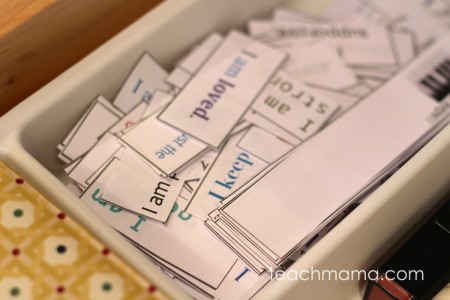
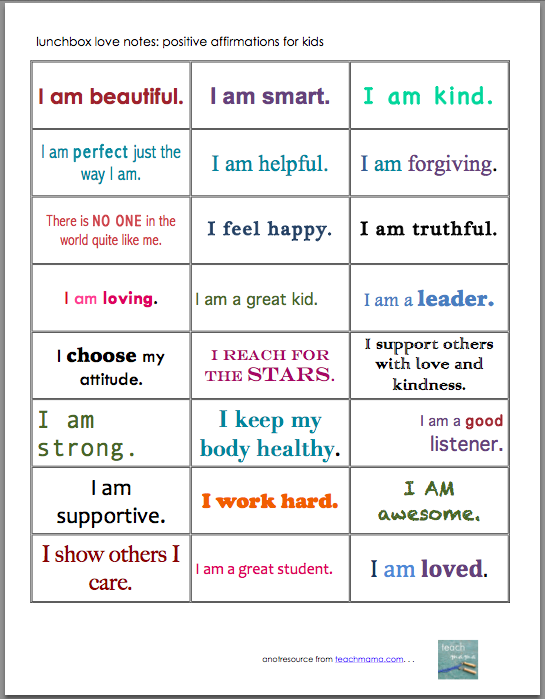
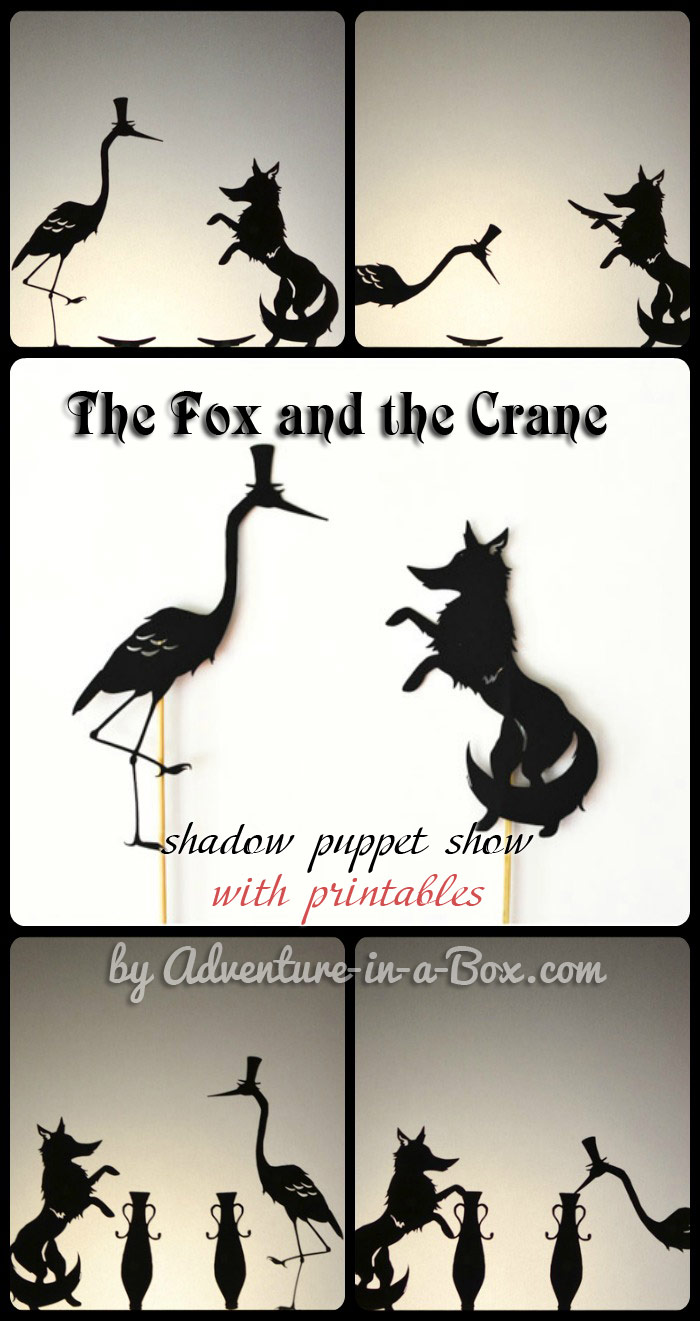
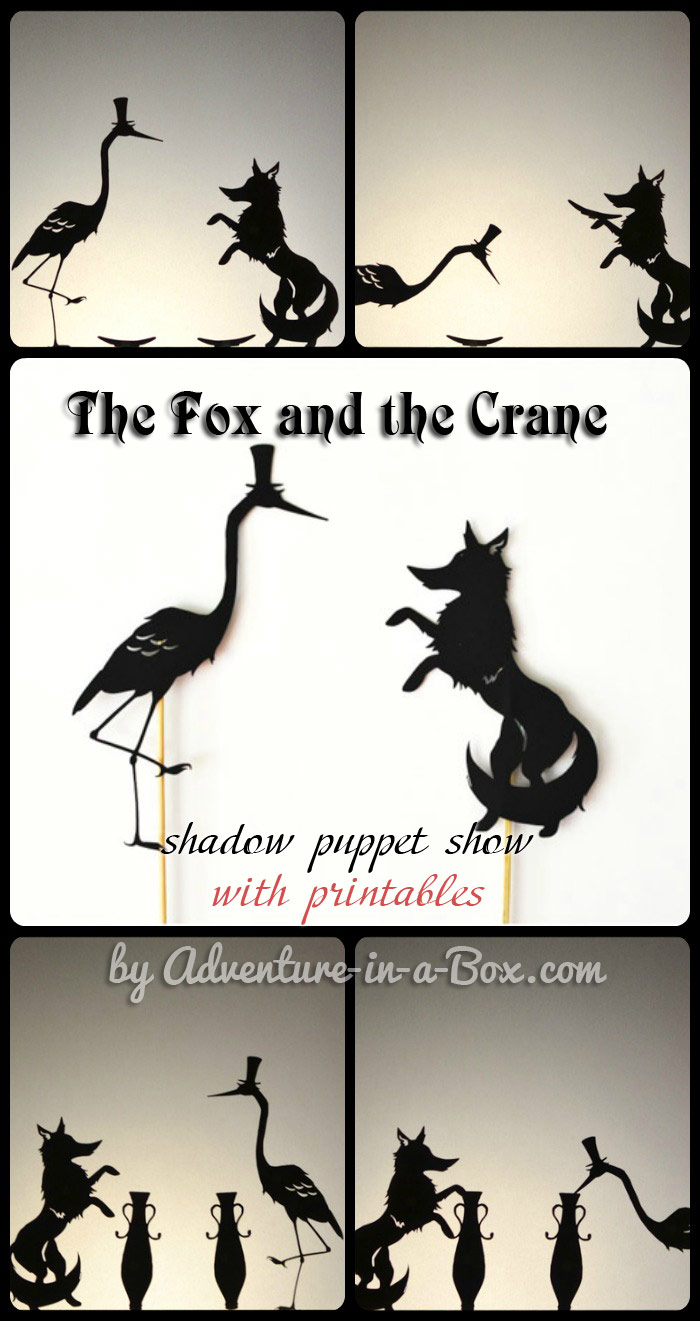
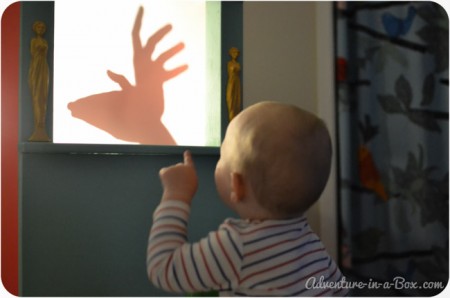
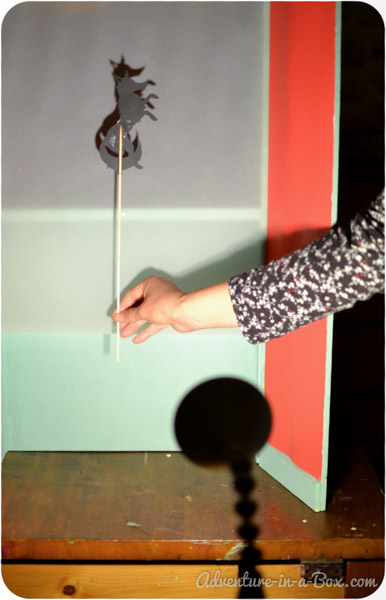
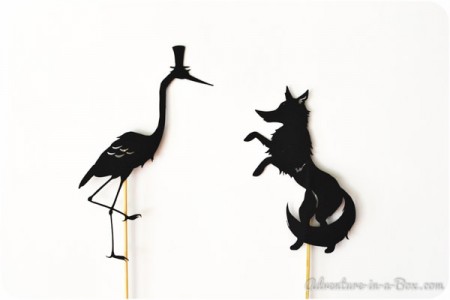
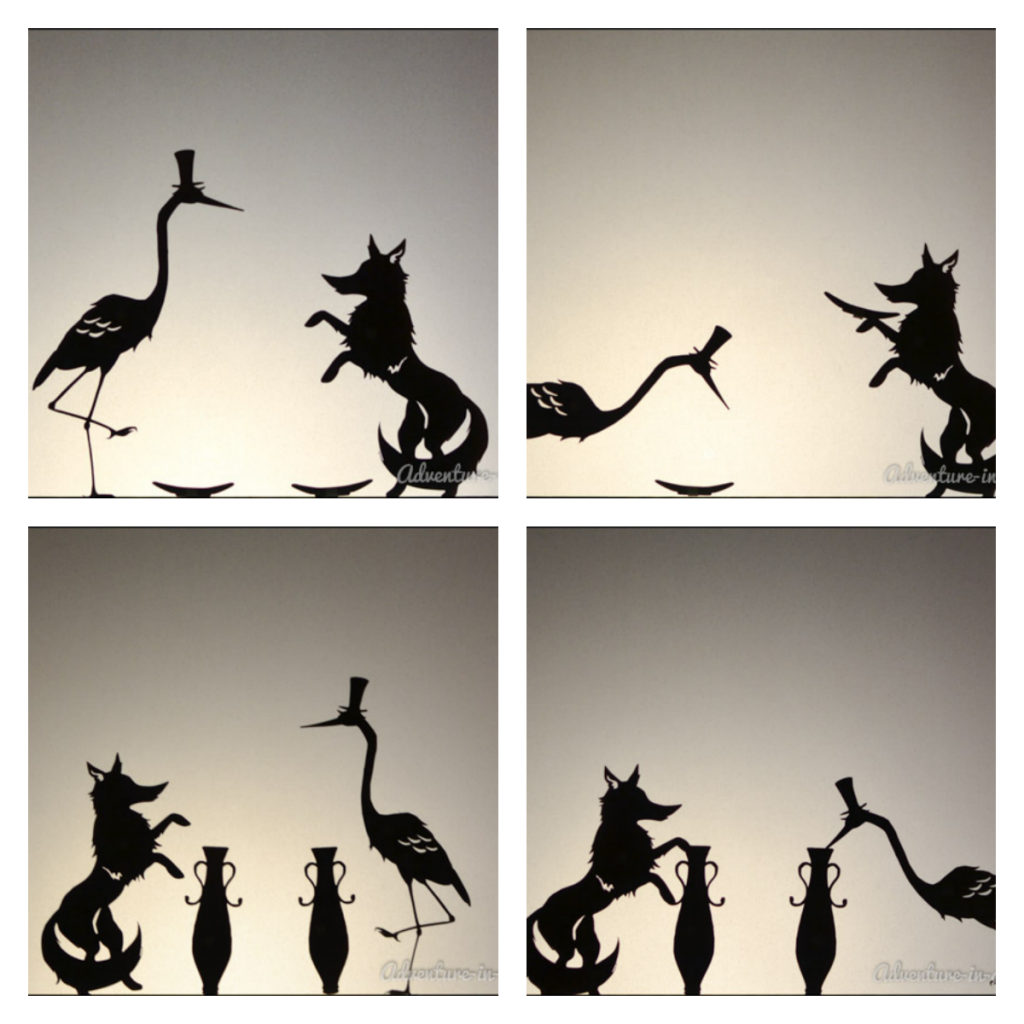

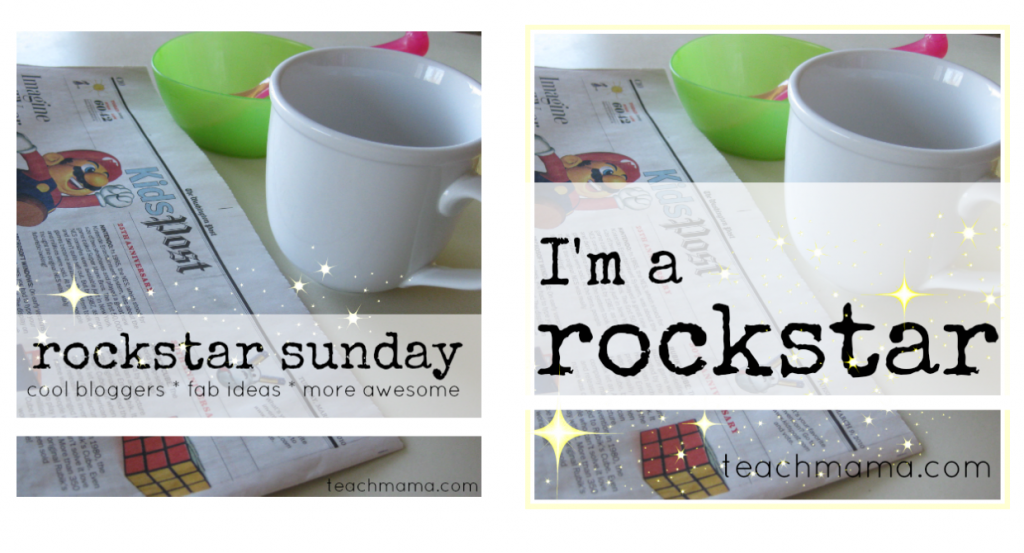






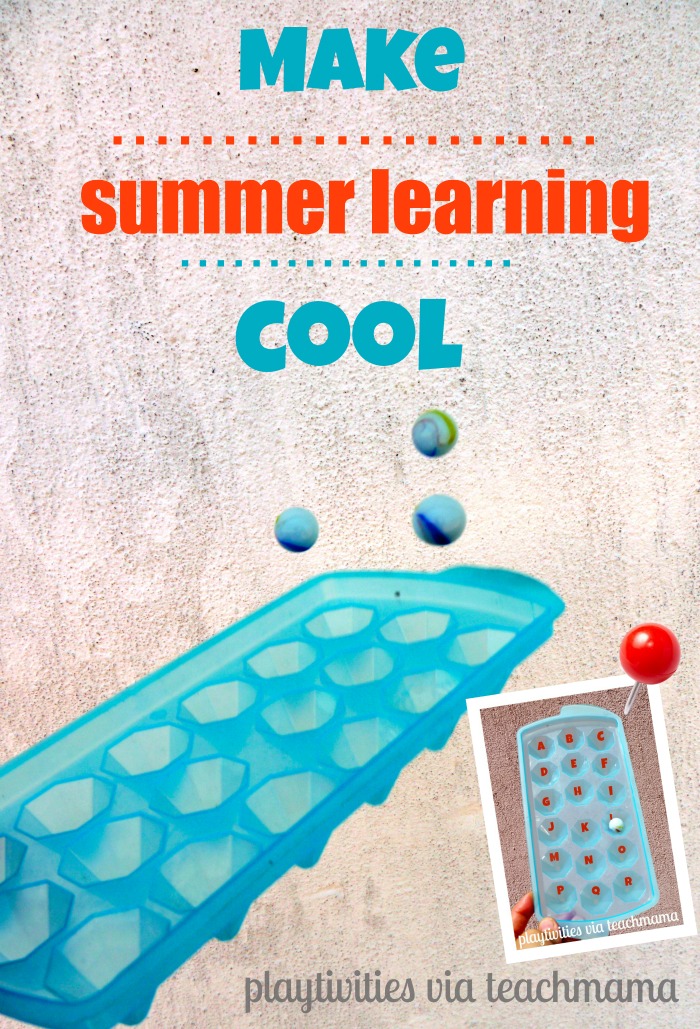
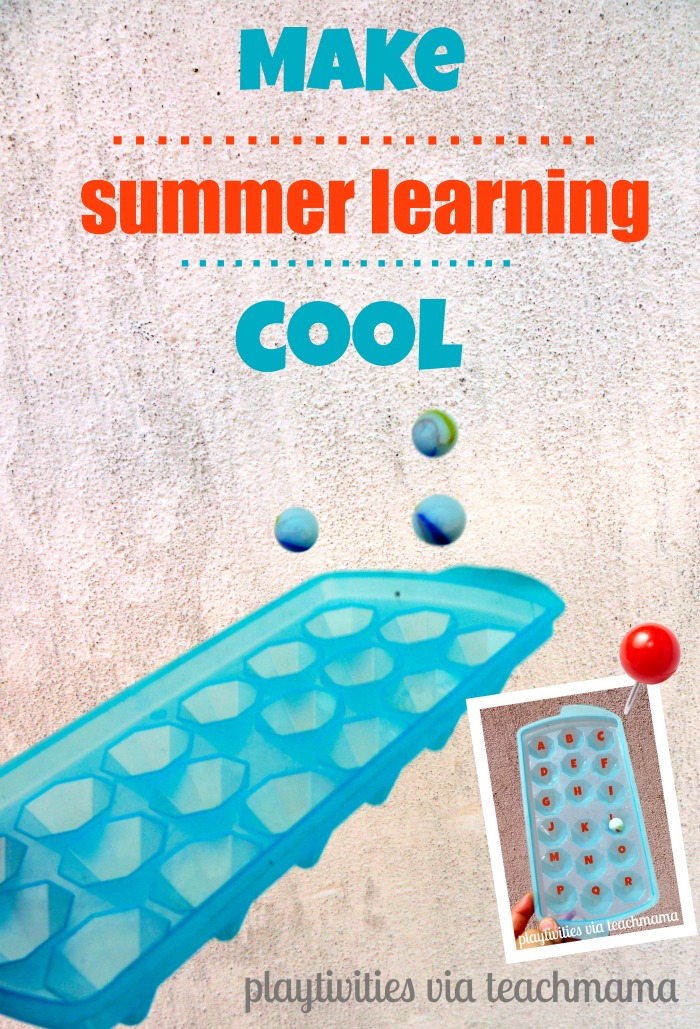 Summer is for fun. Fortunately learning can be fun and full of laughter too. It’s all how we present it to the kids.
Summer is for fun. Fortunately learning can be fun and full of laughter too. It’s all how we present it to the kids.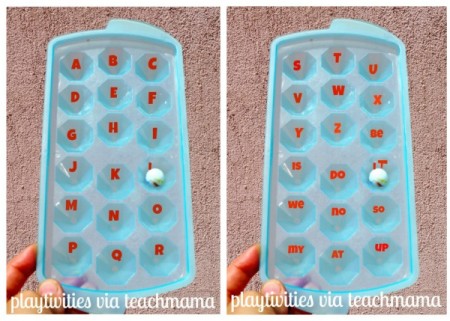
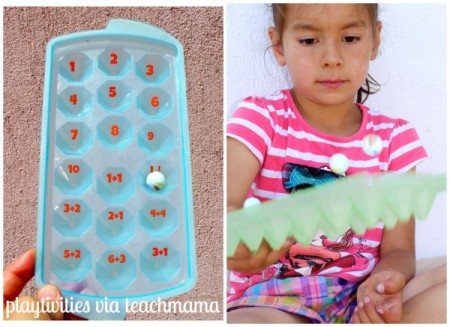

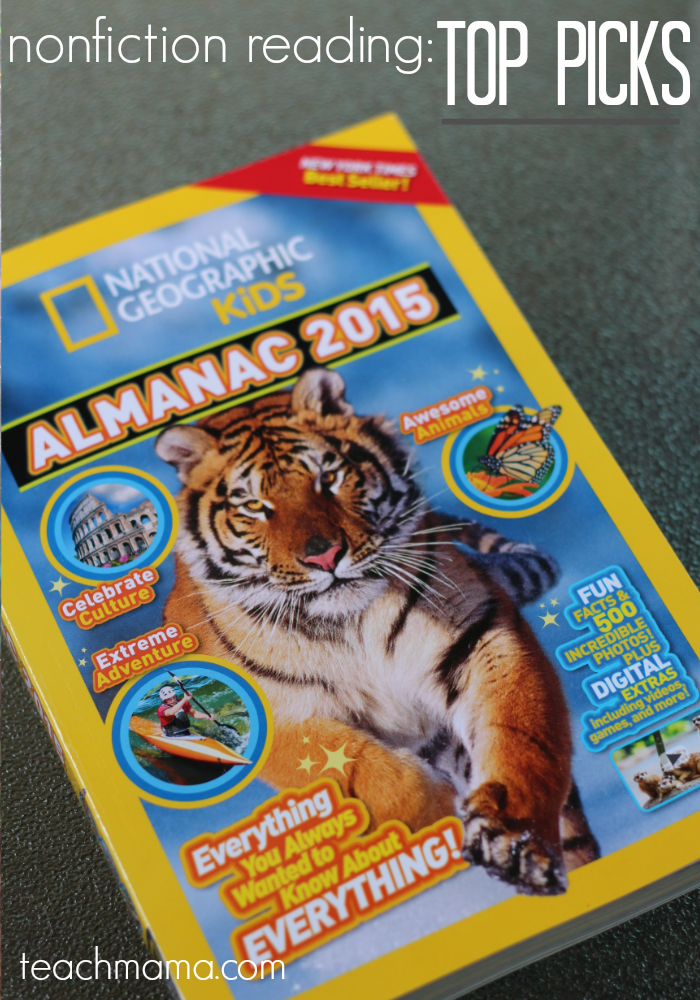
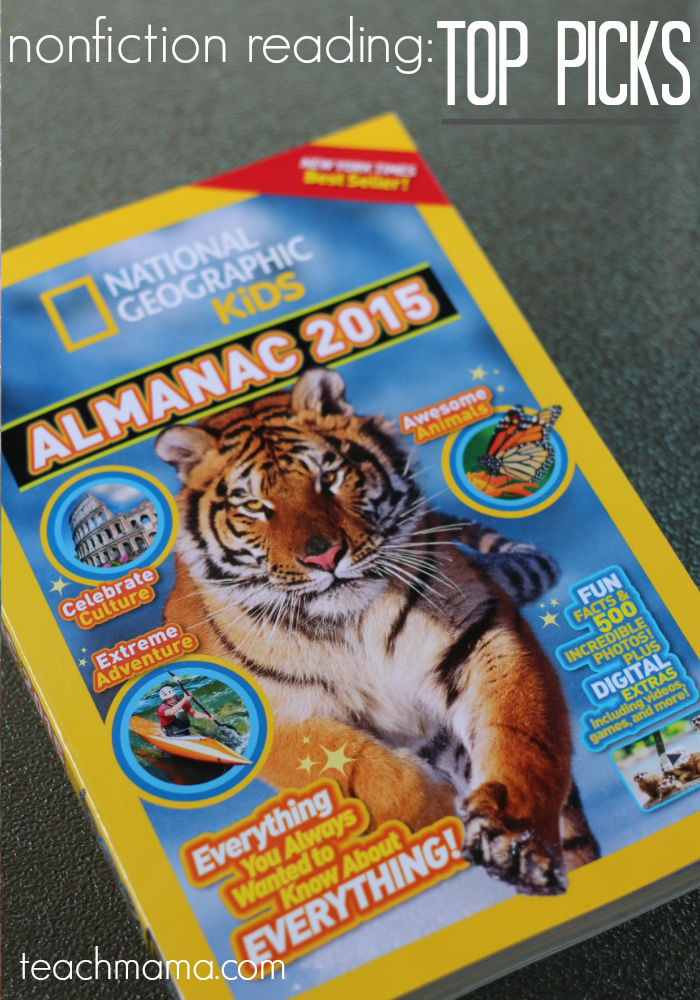
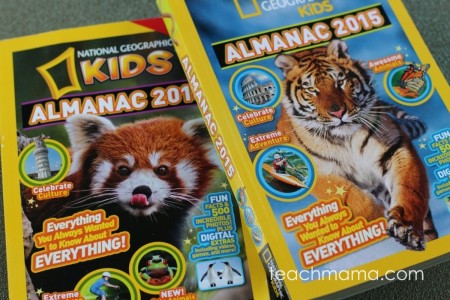
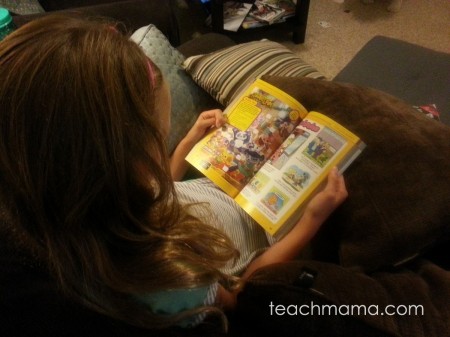
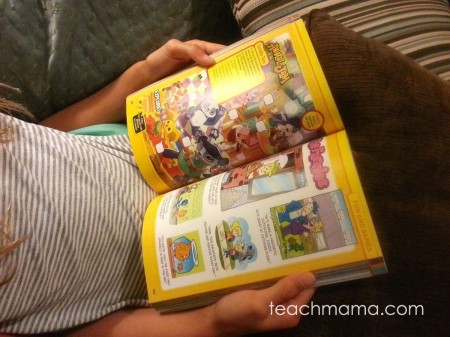
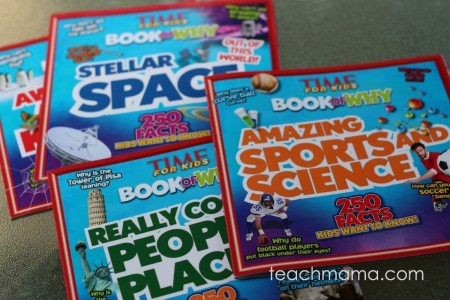
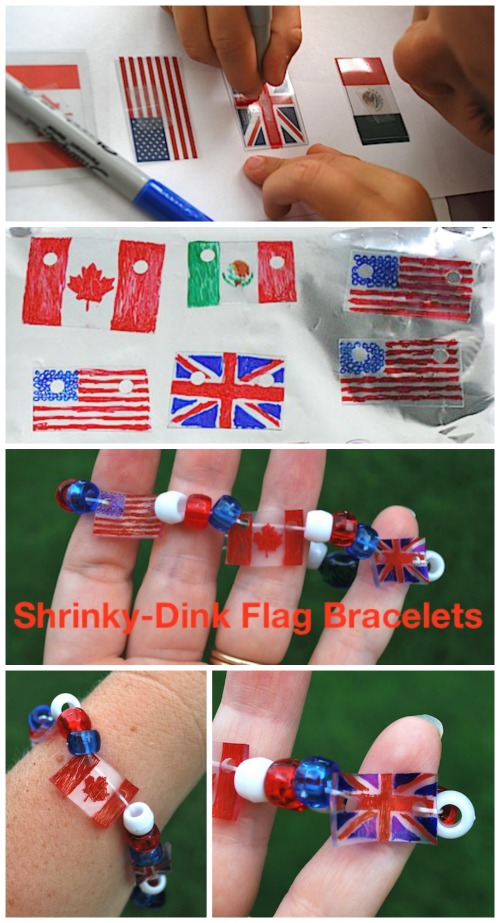
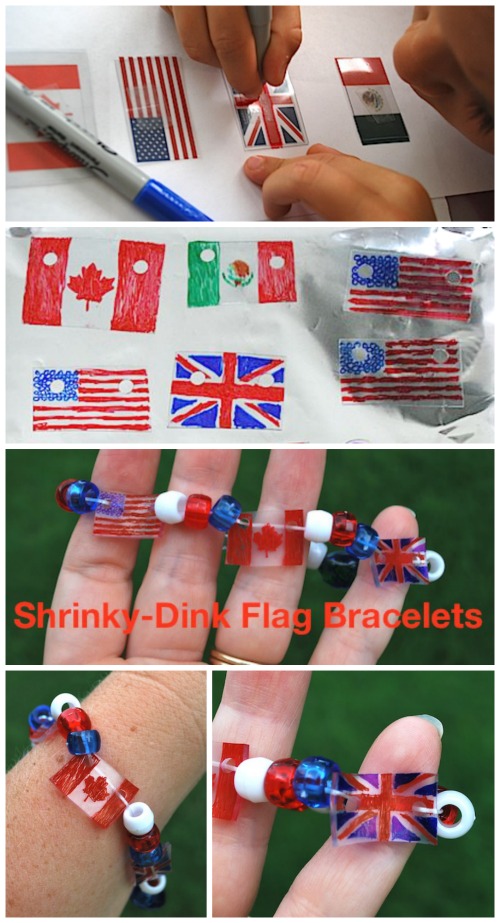 The following Rockstar Sunday guest post is written by one of the coolest gals on the planet, Becky Morales. Becky is a mom, teacher, and creator of
The following Rockstar Sunday guest post is written by one of the coolest gals on the planet, Becky Morales. Becky is a mom, teacher, and creator of 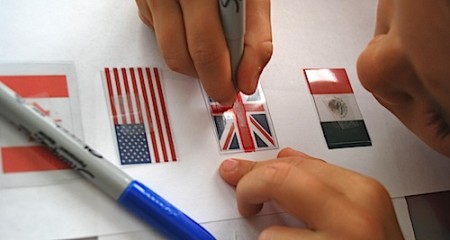
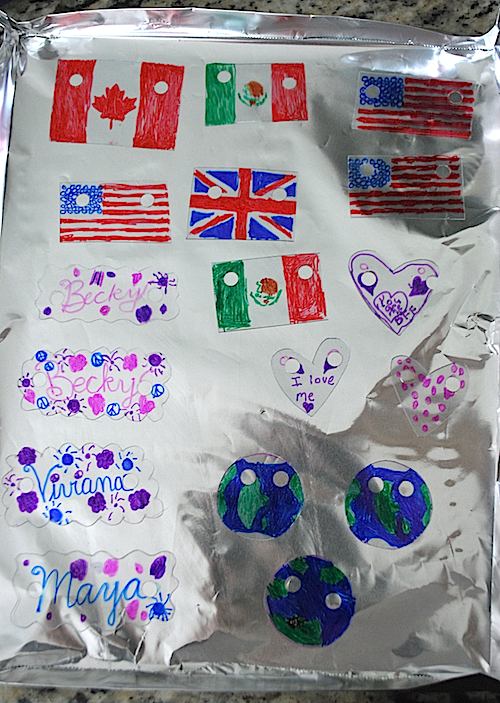
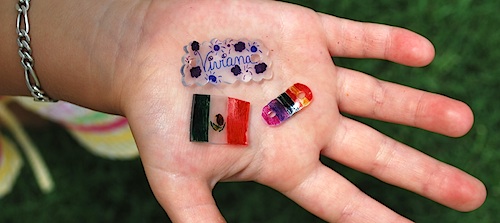
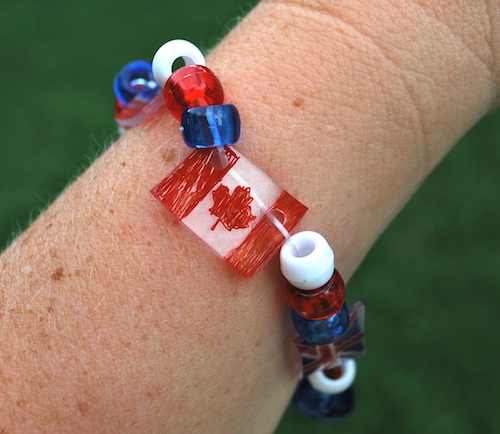
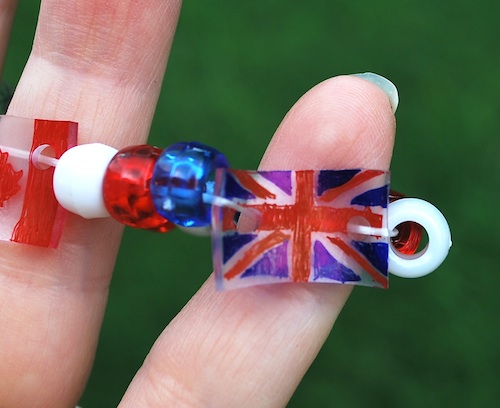

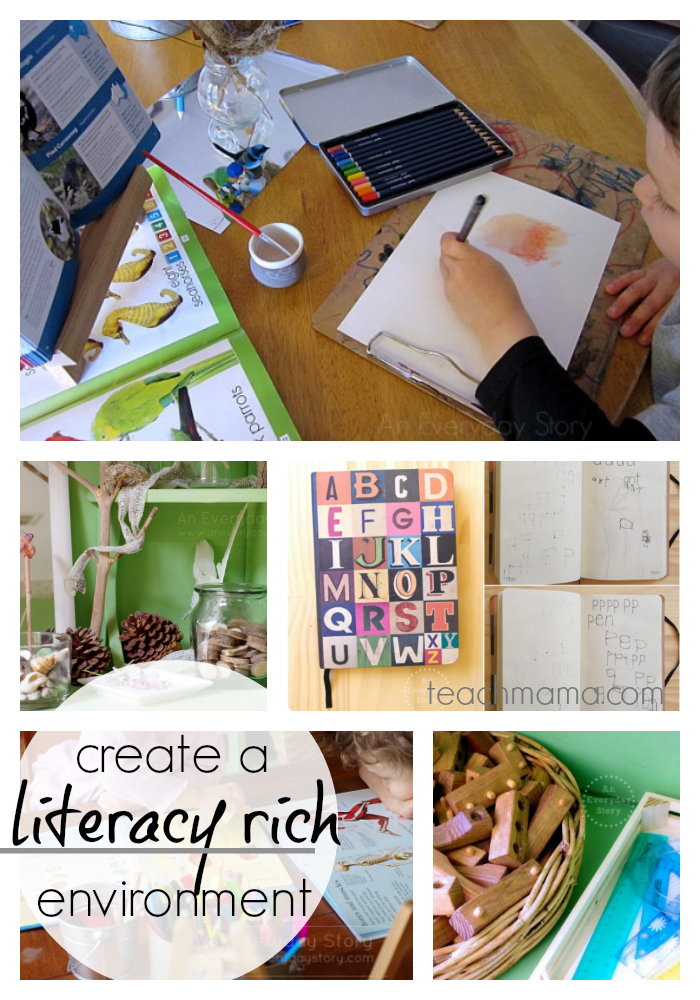
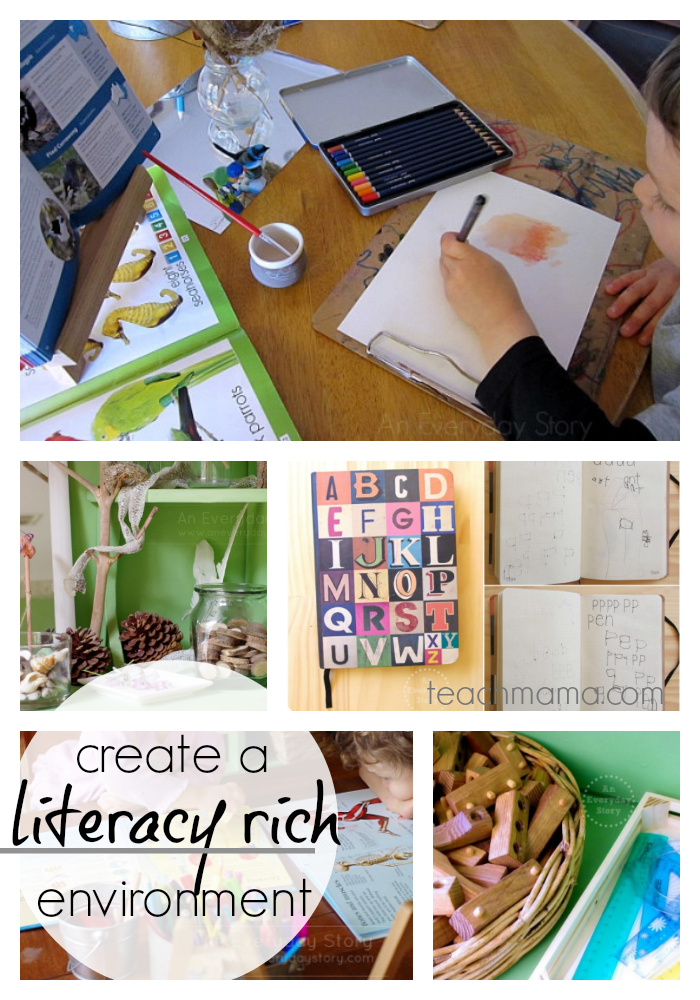
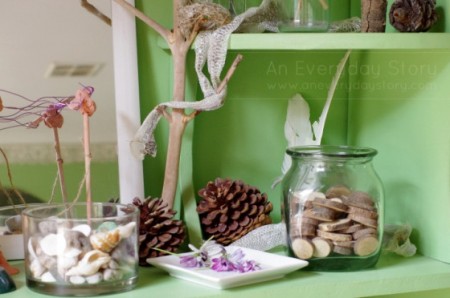
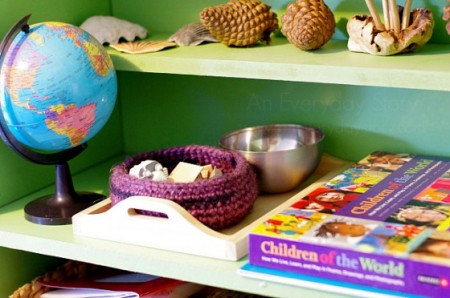
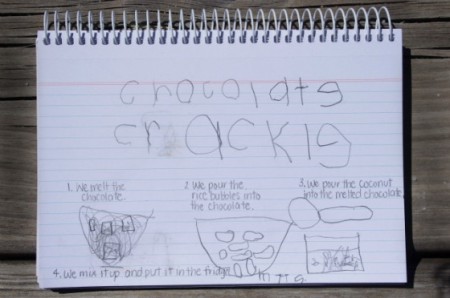
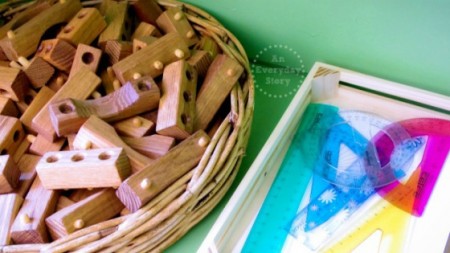

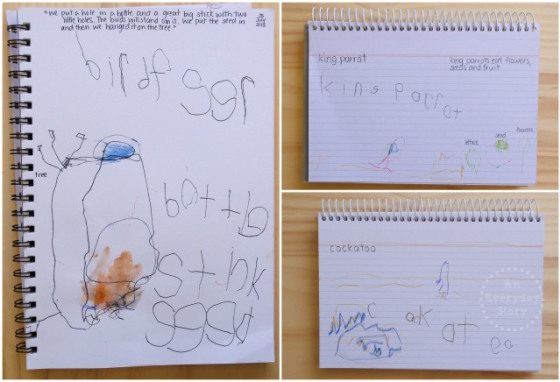
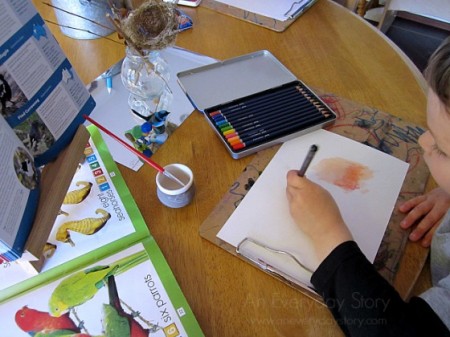
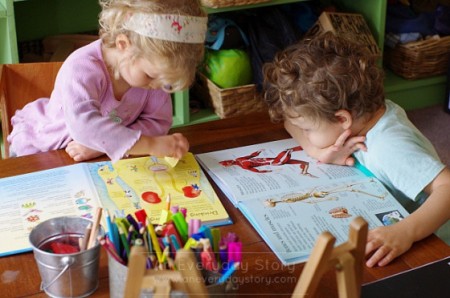
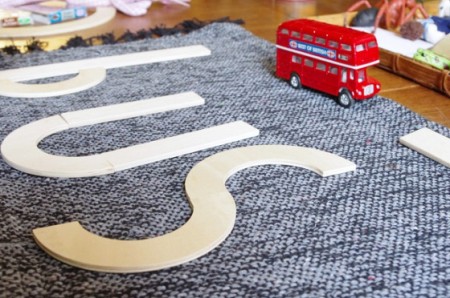
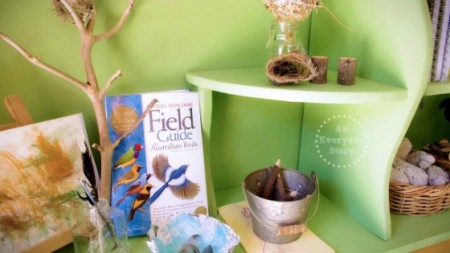
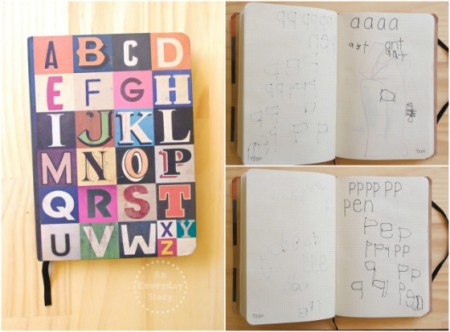
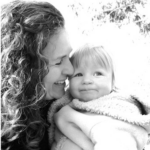
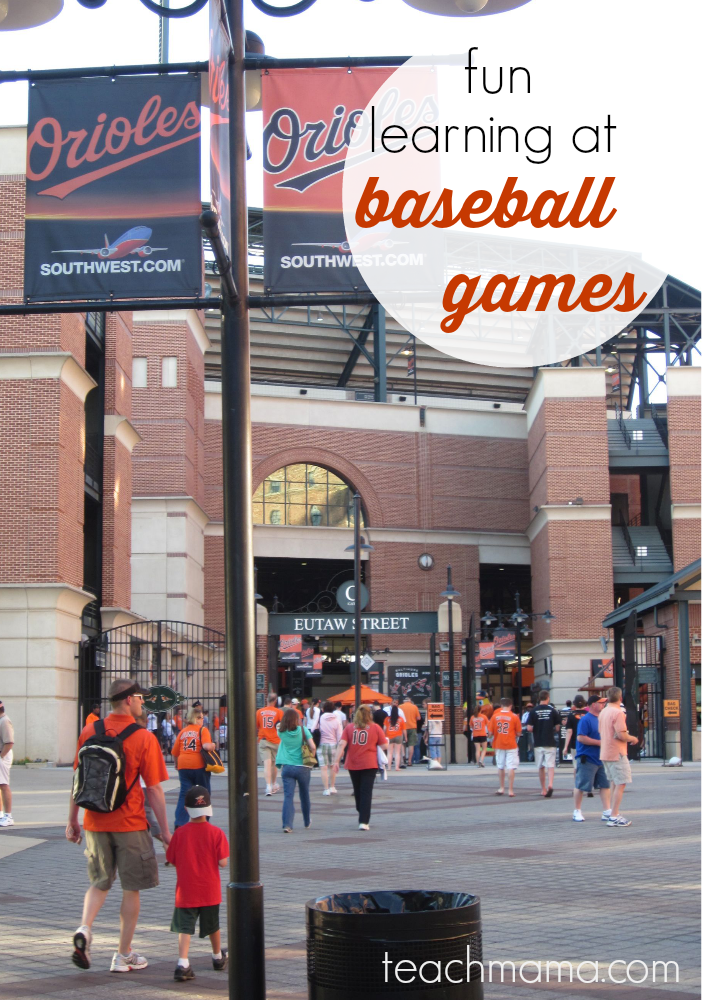
 This past week, we experienced something totally new and exciting–a rite of passage of sorts. We walked into a new chapter in our lives, and I can hardly believe it: we watched six innings of a baseball game.
This past week, we experienced something totally new and exciting–a rite of passage of sorts. We walked into a new chapter in our lives, and I can hardly believe it: we watched six innings of a baseball game.
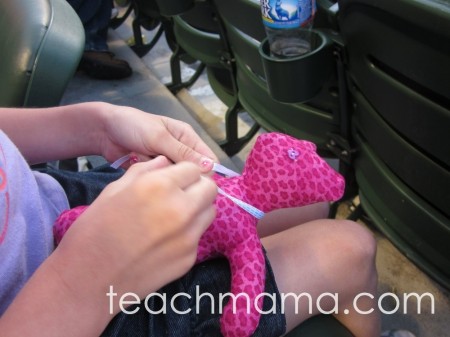
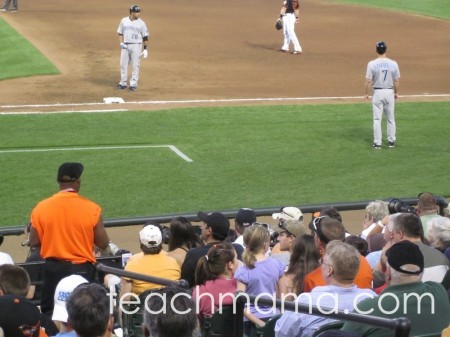
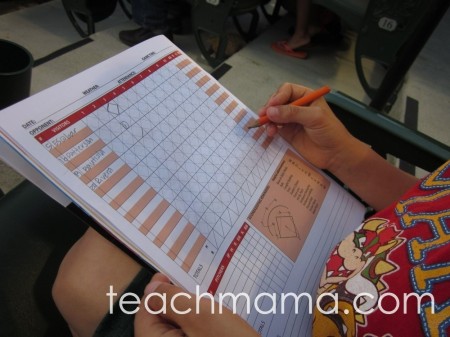

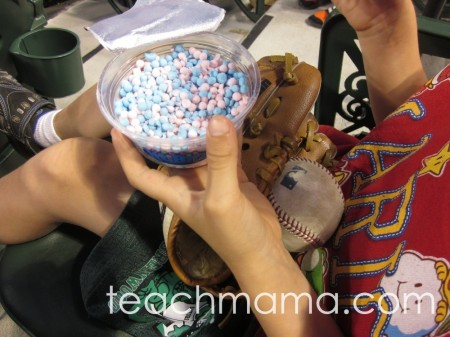
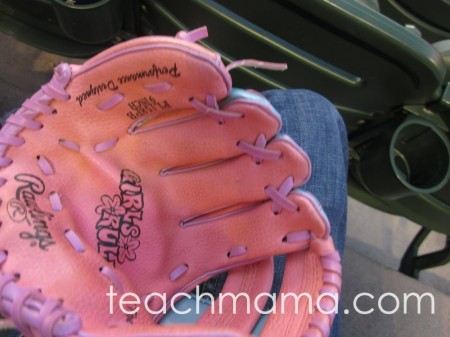

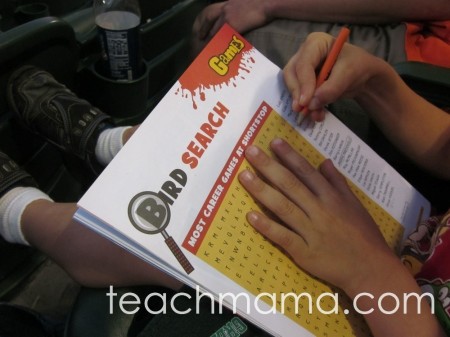
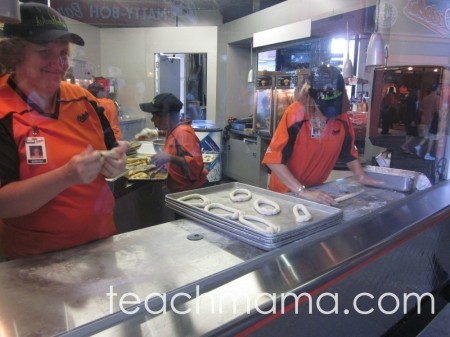 The pretzel-makers were so nice!!
The pretzel-makers were so nice!!